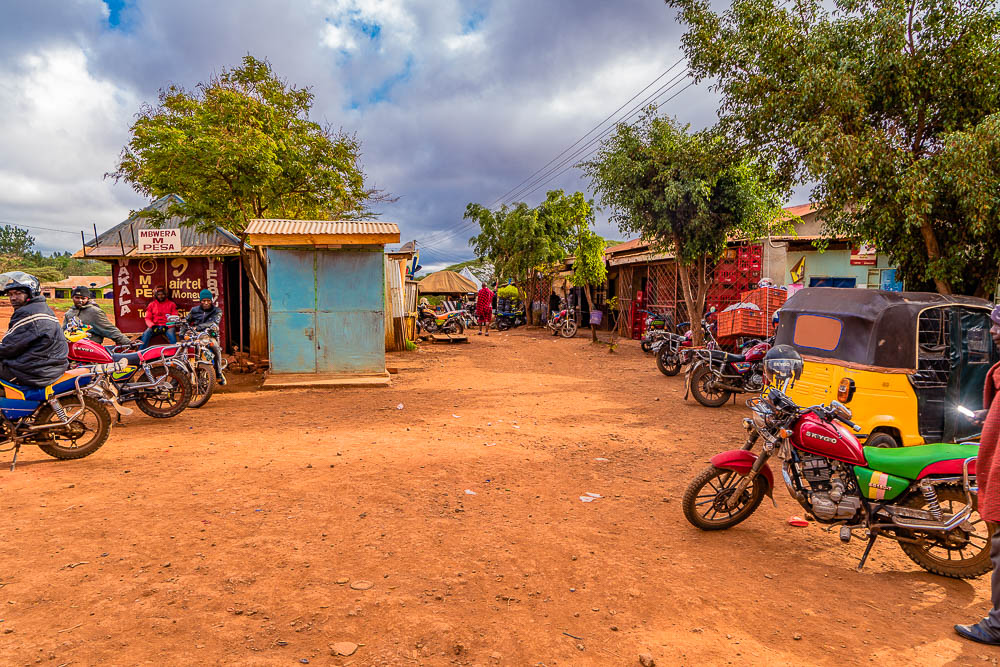
3.1.2023: First Day Safari in the Serengeti.
A drive with the landrover through parts of the Serengeti.
The Serengeti area is 30.000 km2 large, nearly as much as Nether Austria and Upper AUstria together. Therefore, on both days togerther we shall see only a small part of it.

First, Elias has to buy a shovel, i case we get stuck somewhere in the area.
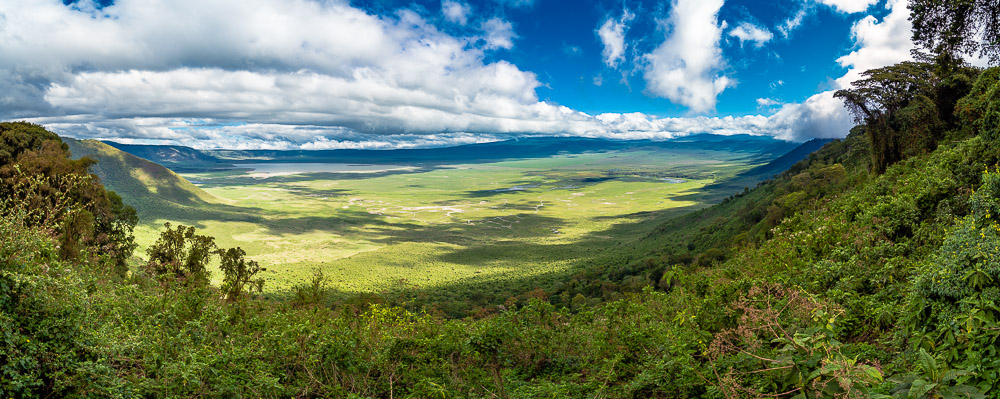
First, we have to drive up the rim of the Ngorongoro crater, so we have a stop at the common viewpoint.
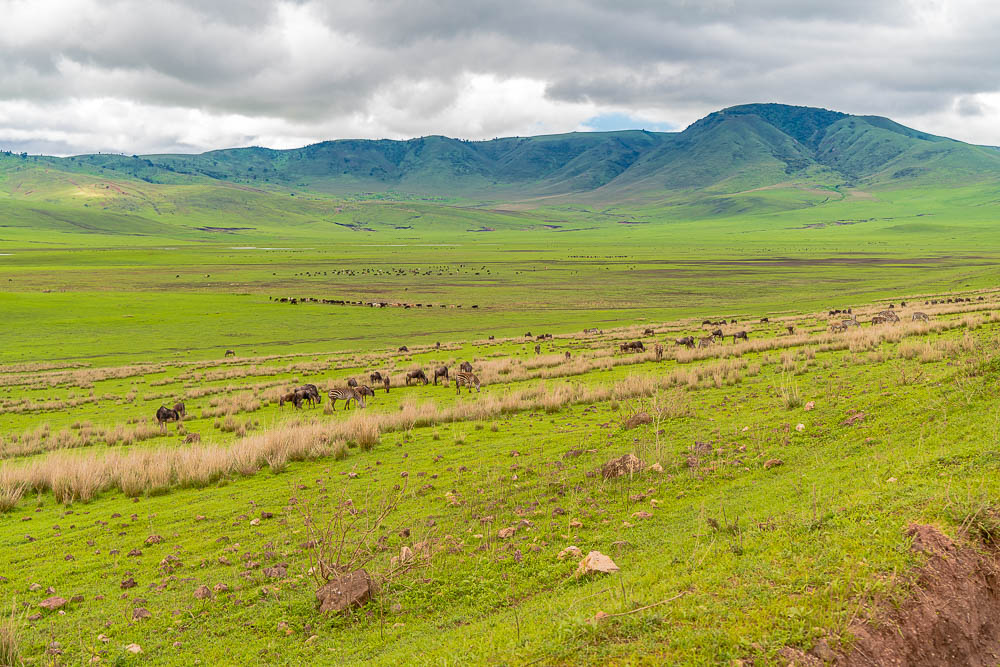
Of course, we don´t branch off down to the crater, but continue through the mountain area, which is inhabited by Maasai and their flocks ...
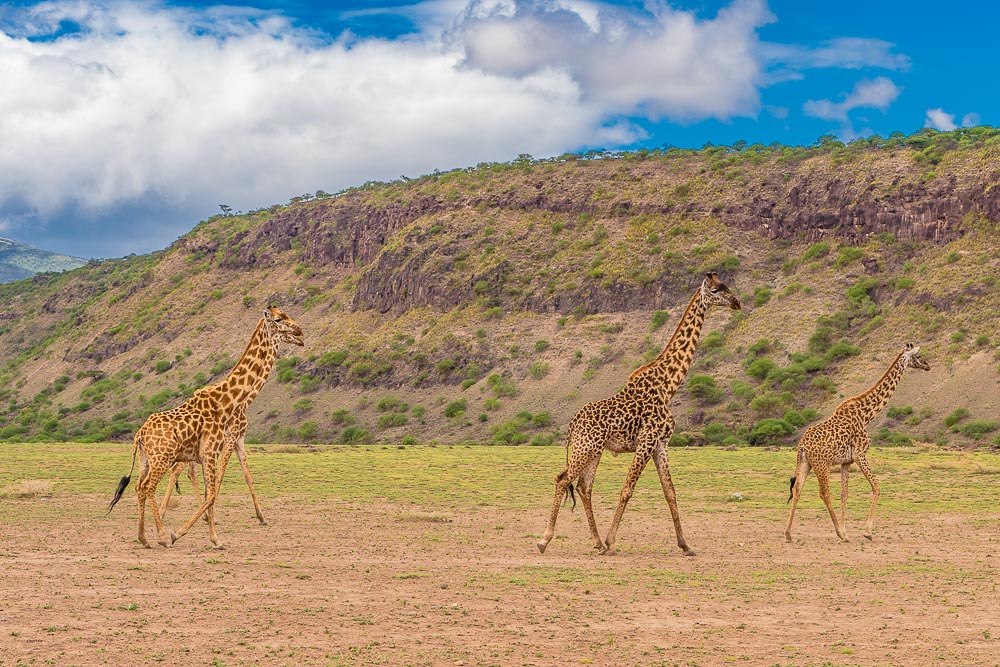
... down to the Serengeti plain. Giraffe on the way.
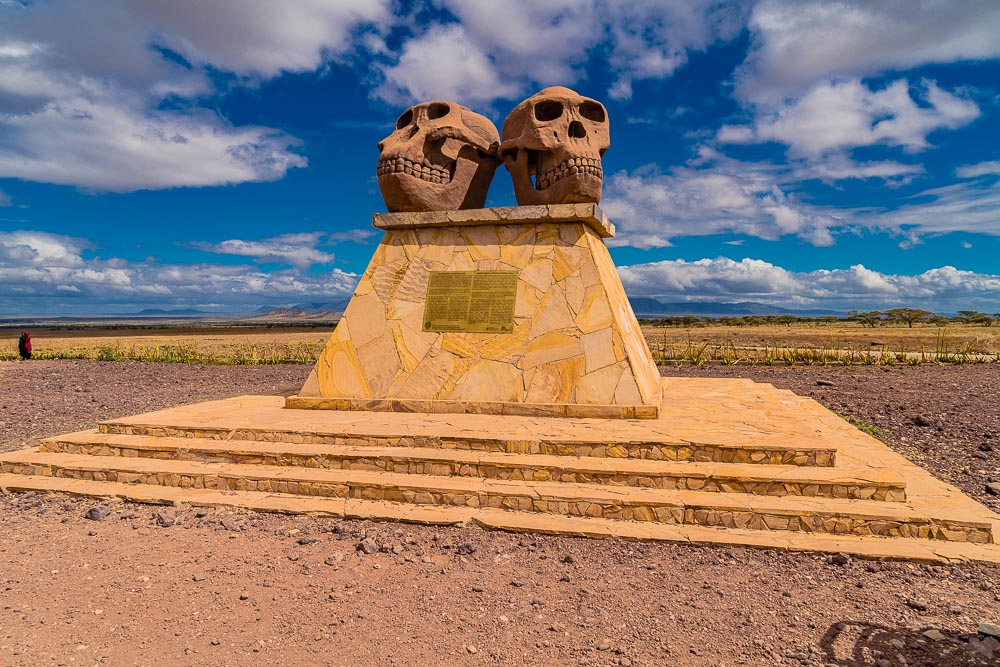
We stop at the monument for the first humans. Here, the route to the Olduvai gorge is branching off, where bones of 1,84 million years old early humans were found.
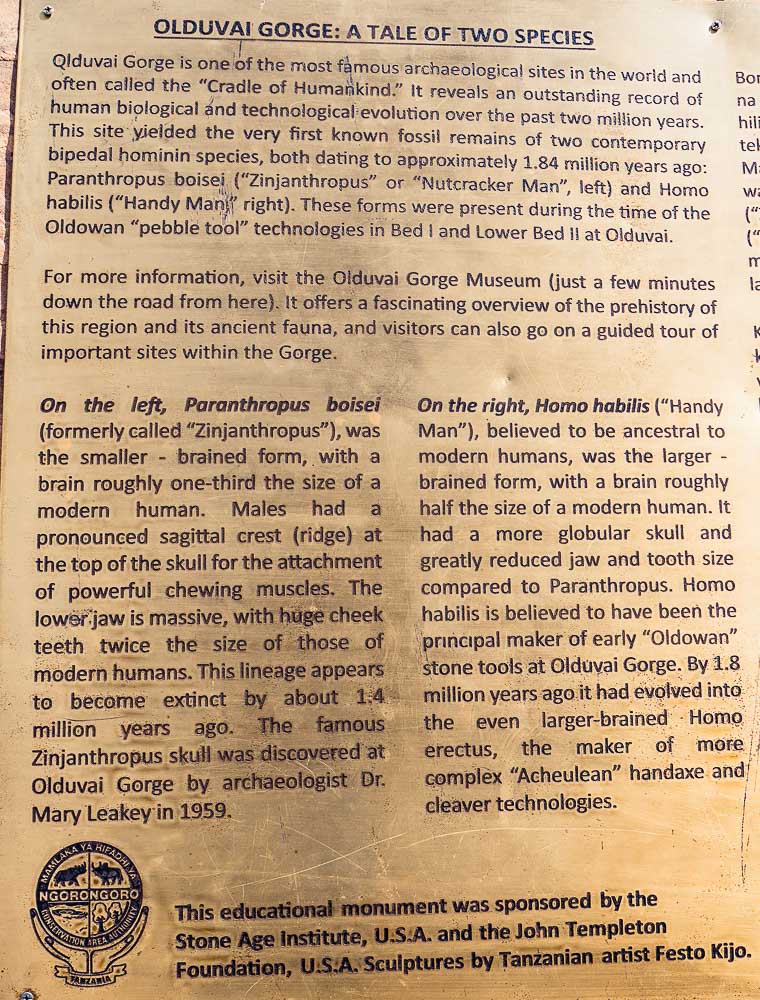
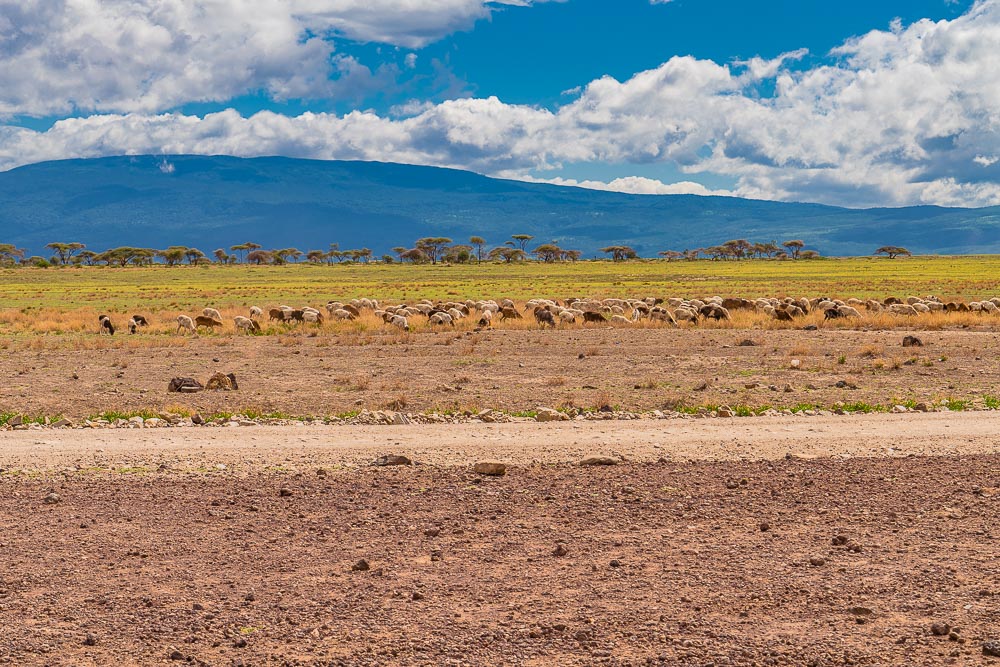
On the foothills of the Ngorongoro mountains, the landscape gets flatter.
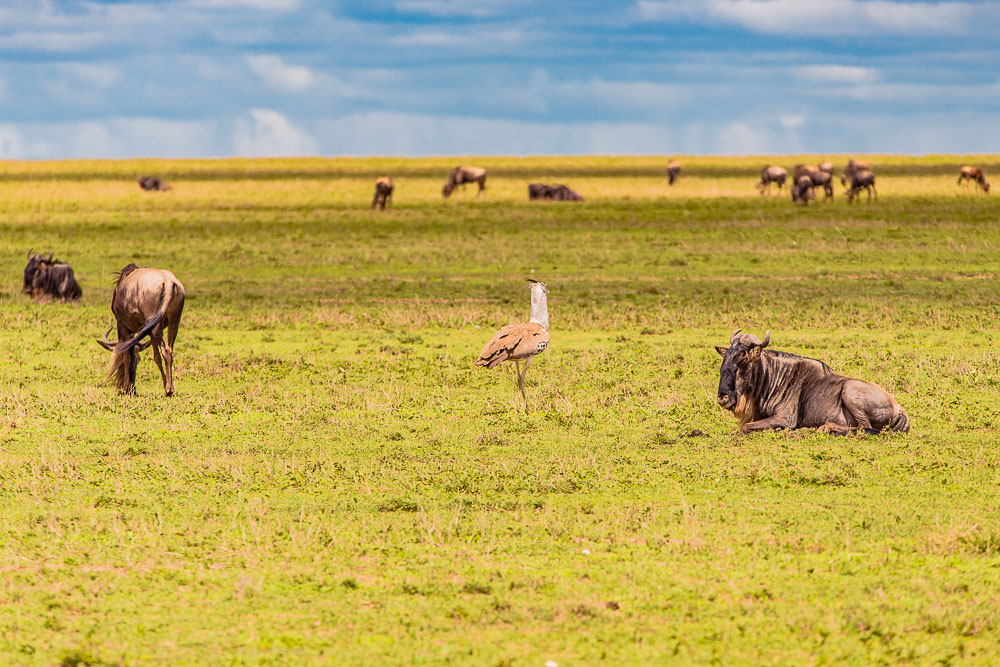
First animals here a kori bustard, the the largest flying bird native to Africa, together with Gnu´s.
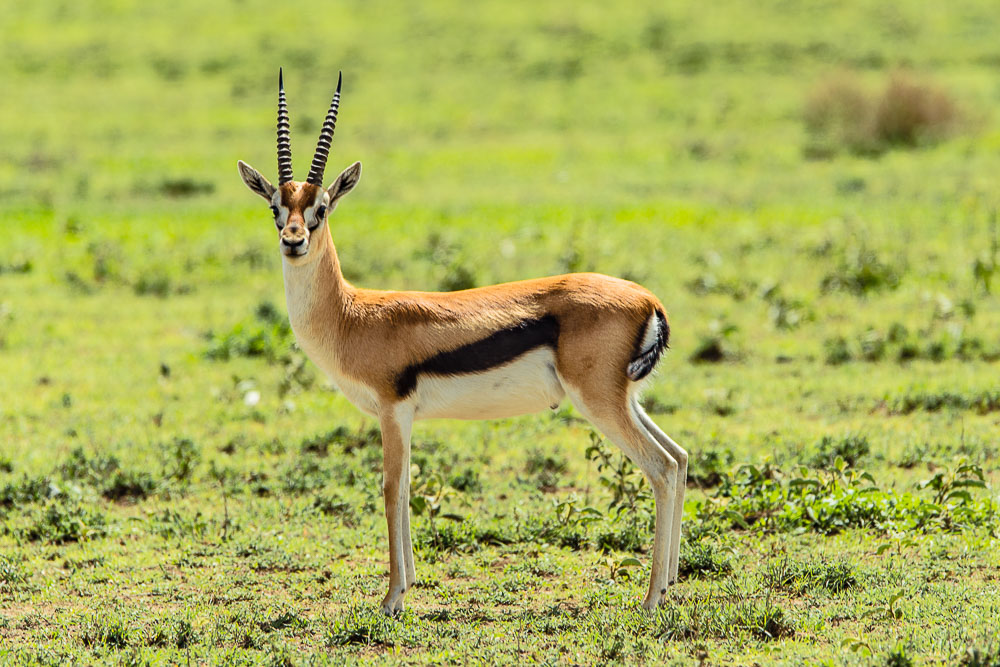
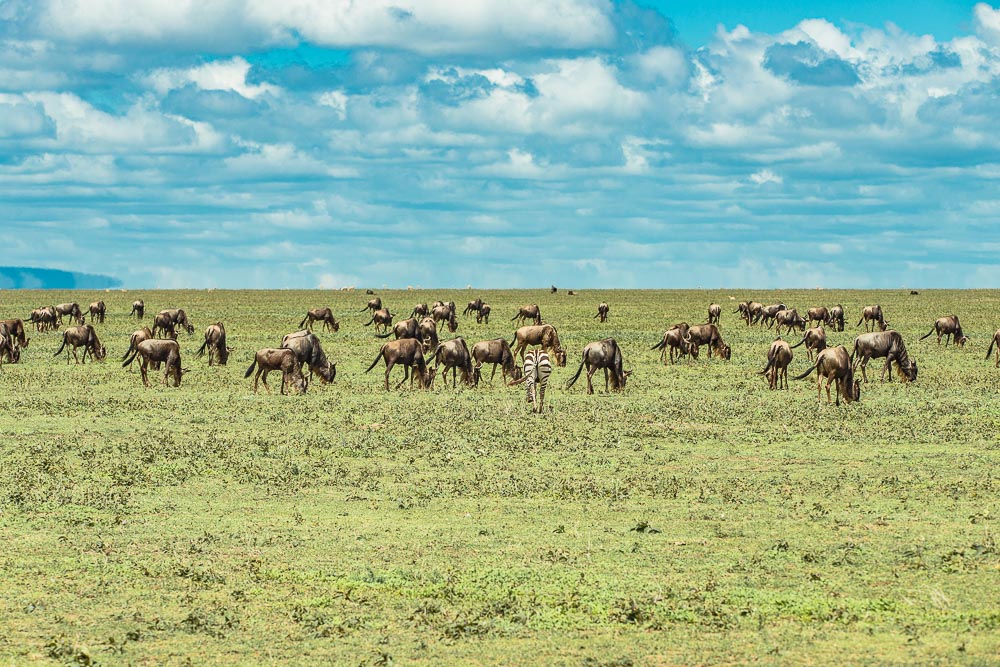
Wildebeest or Gnu´s (to be exact:blue wildebeest) are living here in millions.
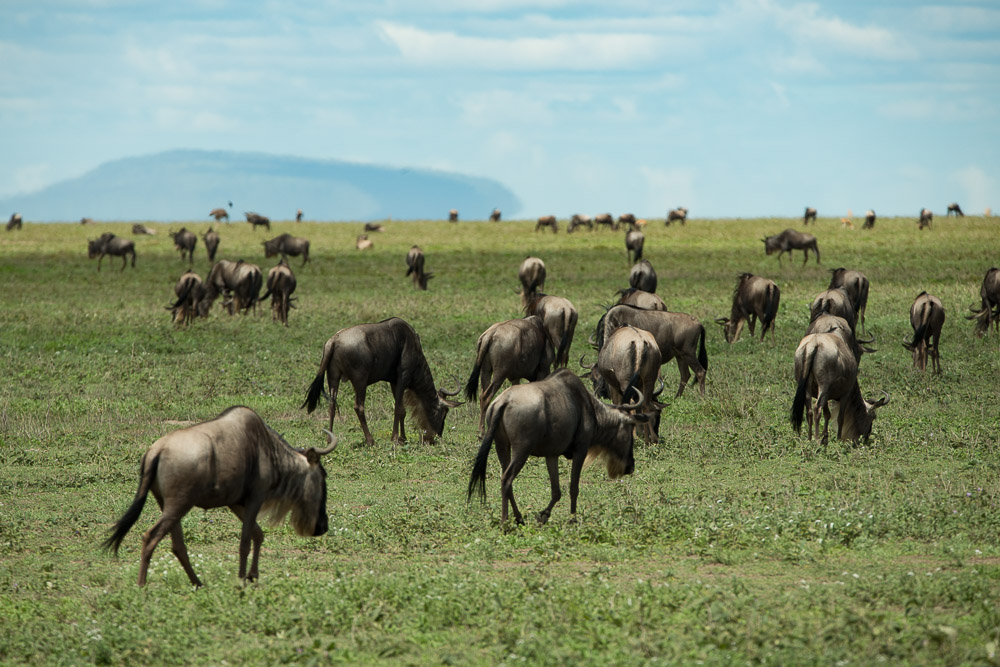
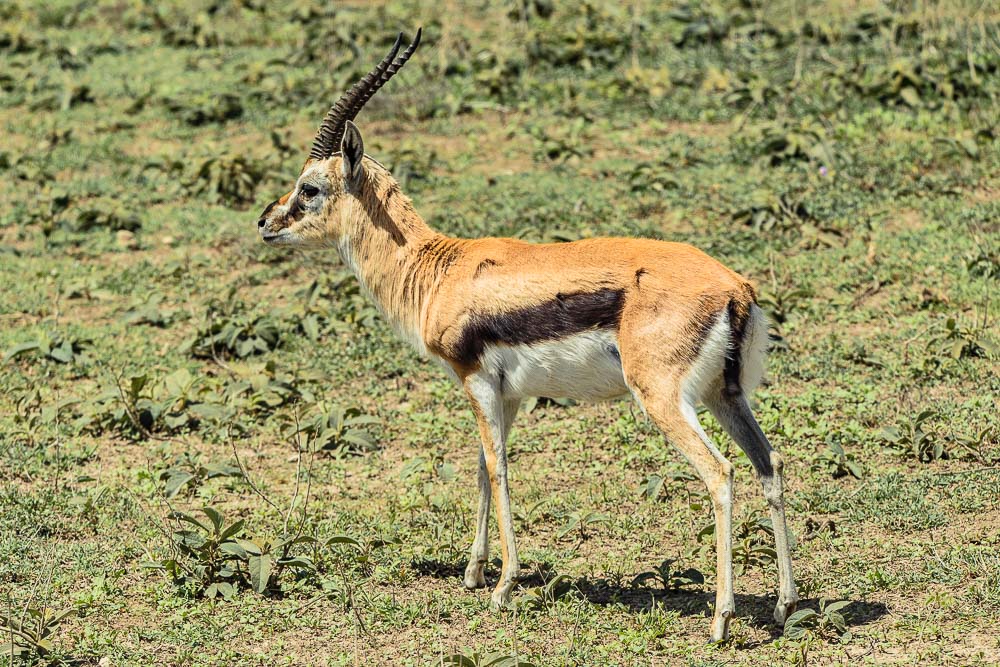
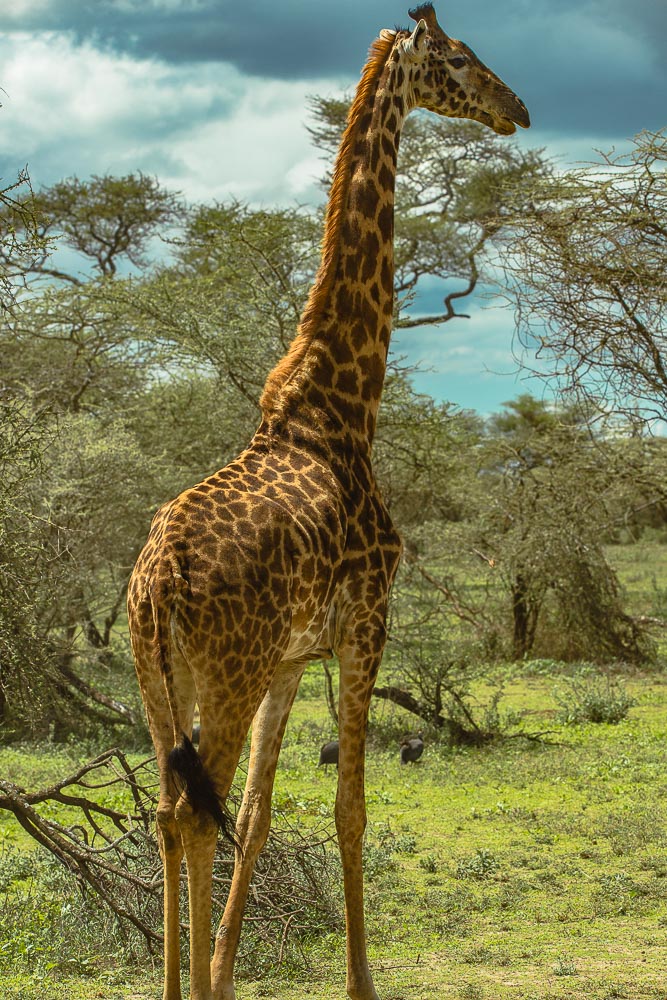
Giraffe. Here in East Africa, it is the subspecies of Maasai - Giraffe.
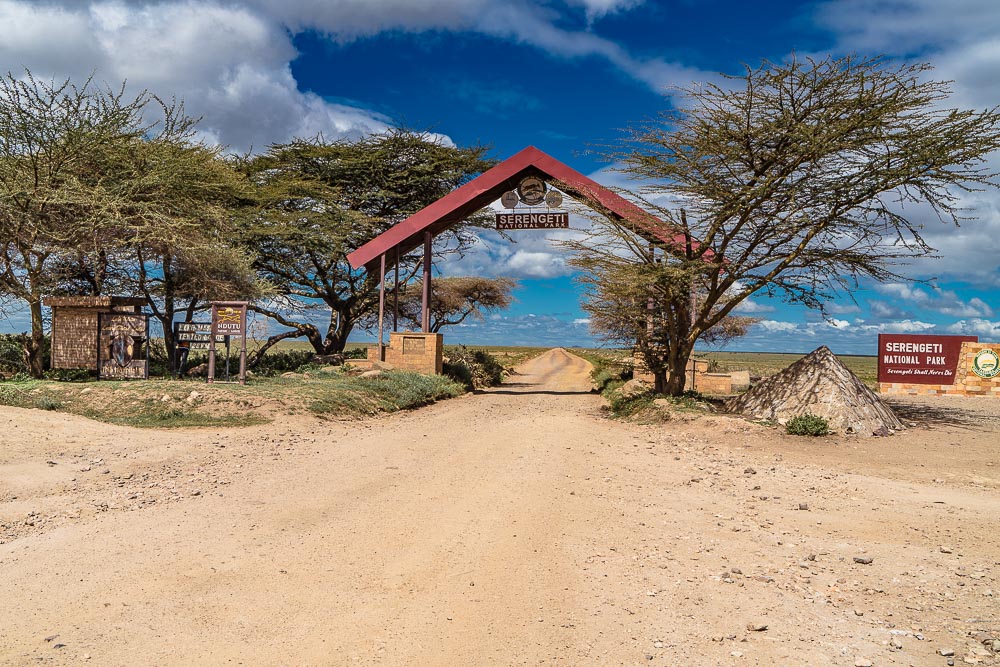
The symbolic door at the entrance to the Serengeti National Park; until here, the area belongs to the Ngorongoro conservation area (where, as opposed to the Serengeti National park, men are allowed to live - Maasai with their flock).
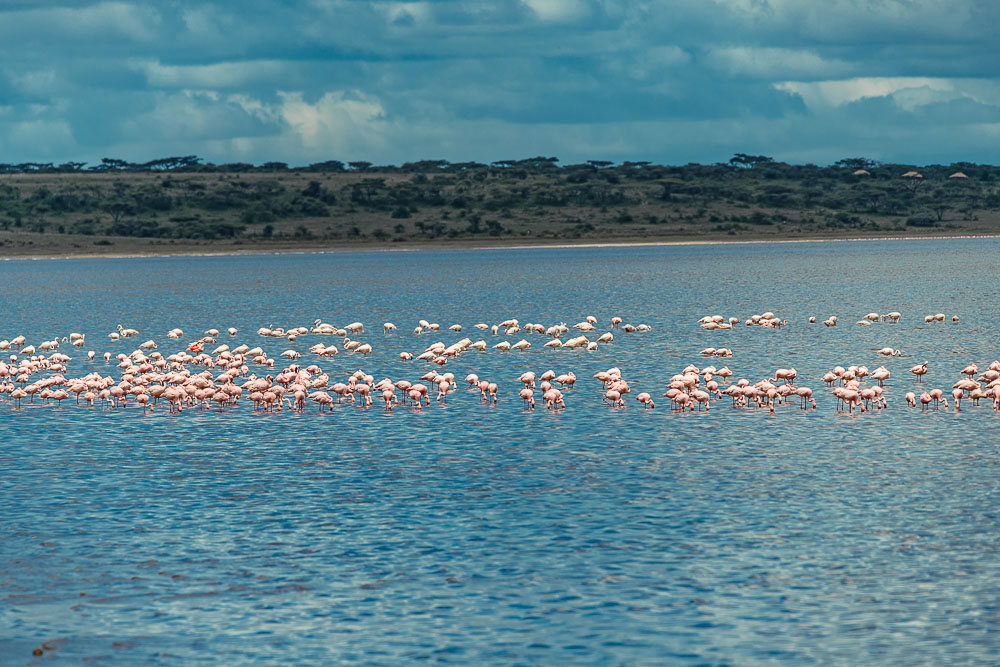
After a time consuming check.in (due to network problems with the computers) at the Ndutu gate of the Serengeti, we have a short detour to the Lake Ndutu, with thousands of Flamingo´s. We shall stay overnight ar its shore.
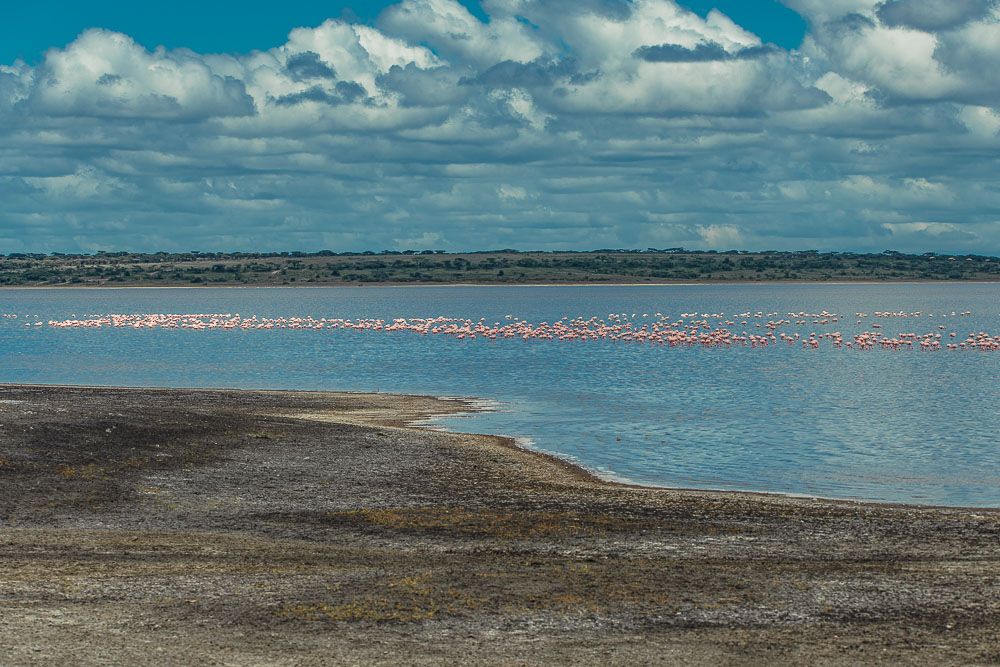
Lake Ndutu. On its shore, the skull of an early human was found in 1973.
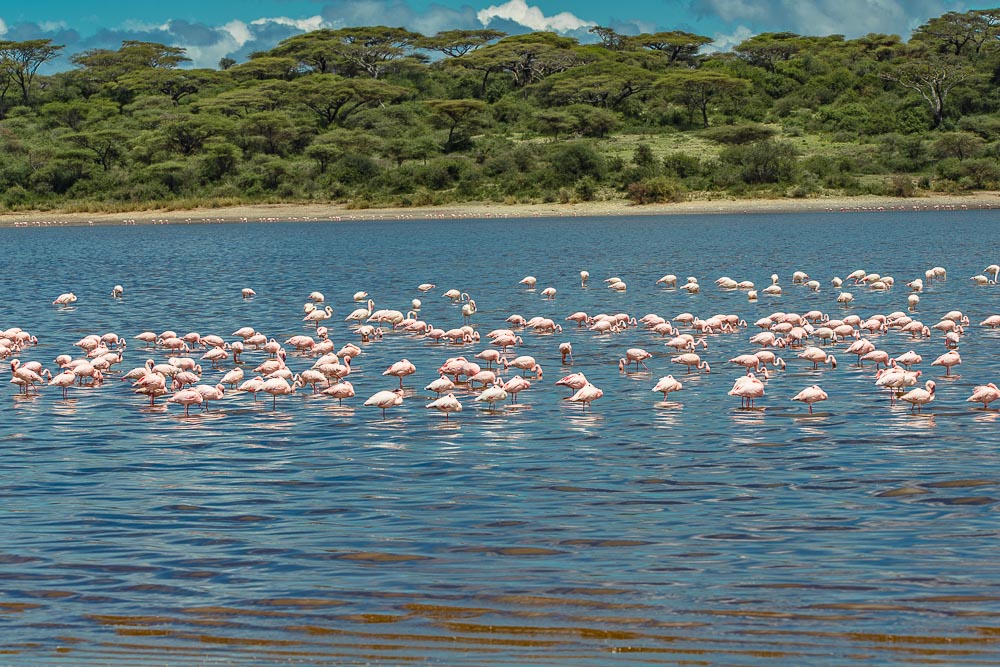
Lake Ndutu
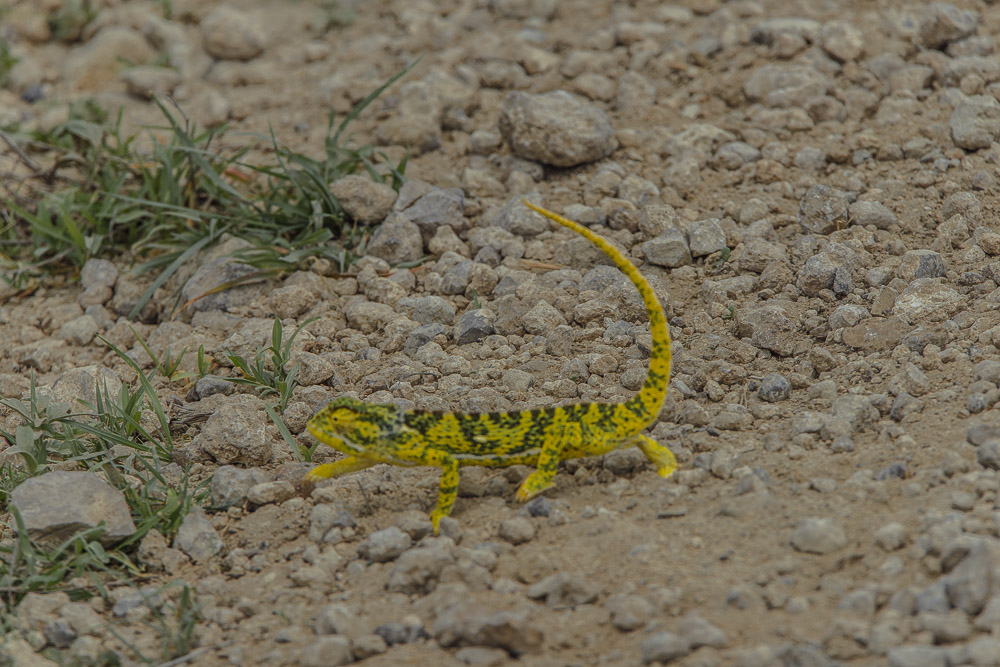
On the drive back from the lake, the driver stops to watch this Chameleon.
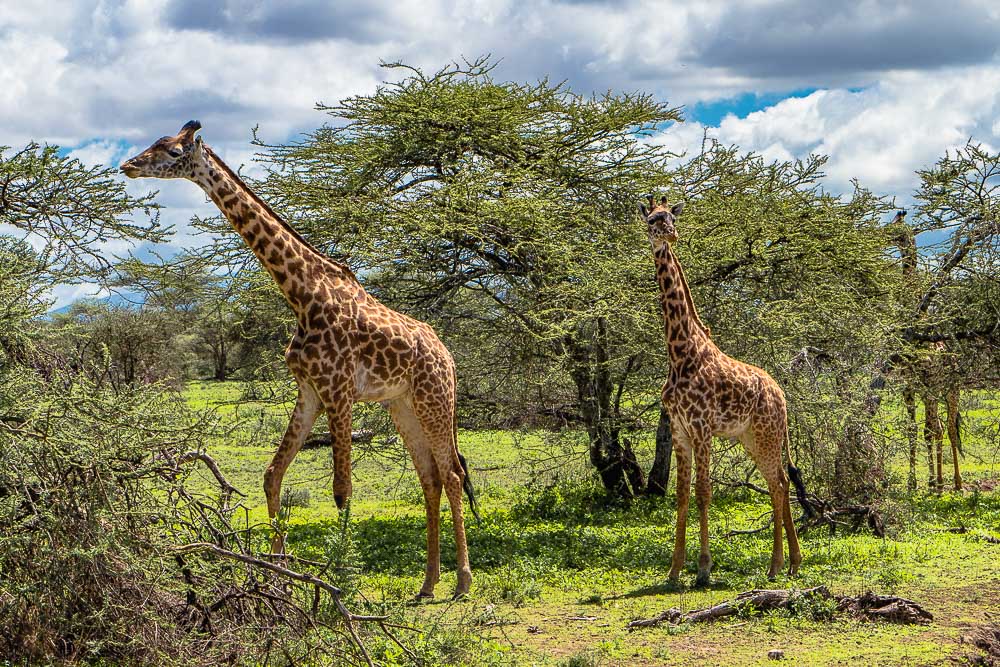
Giraffe between the Akazia tree, eating the leaves as their main food.
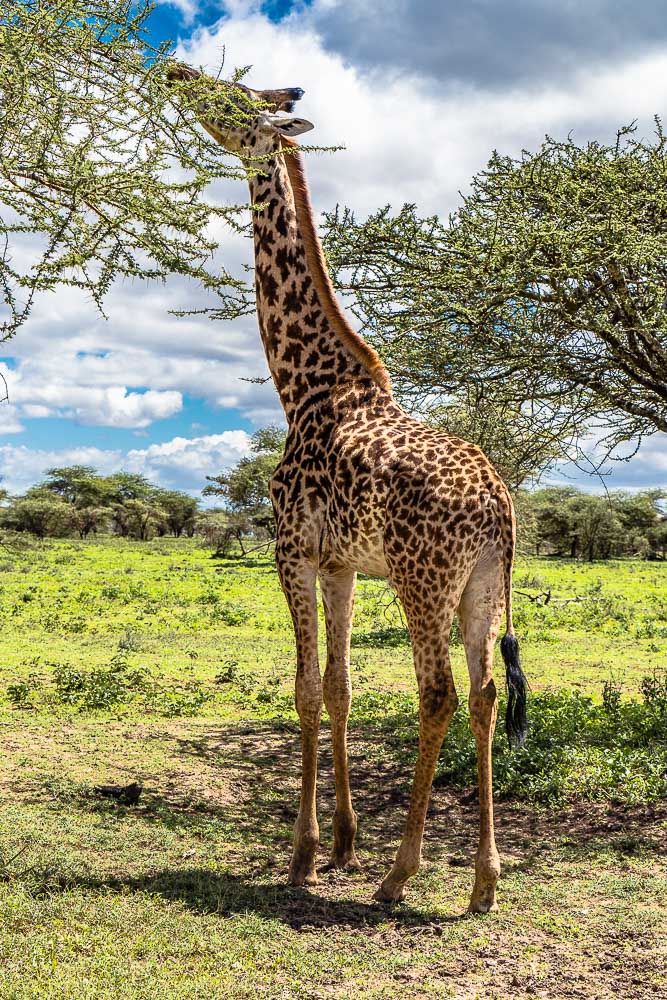
Have a nice meal!
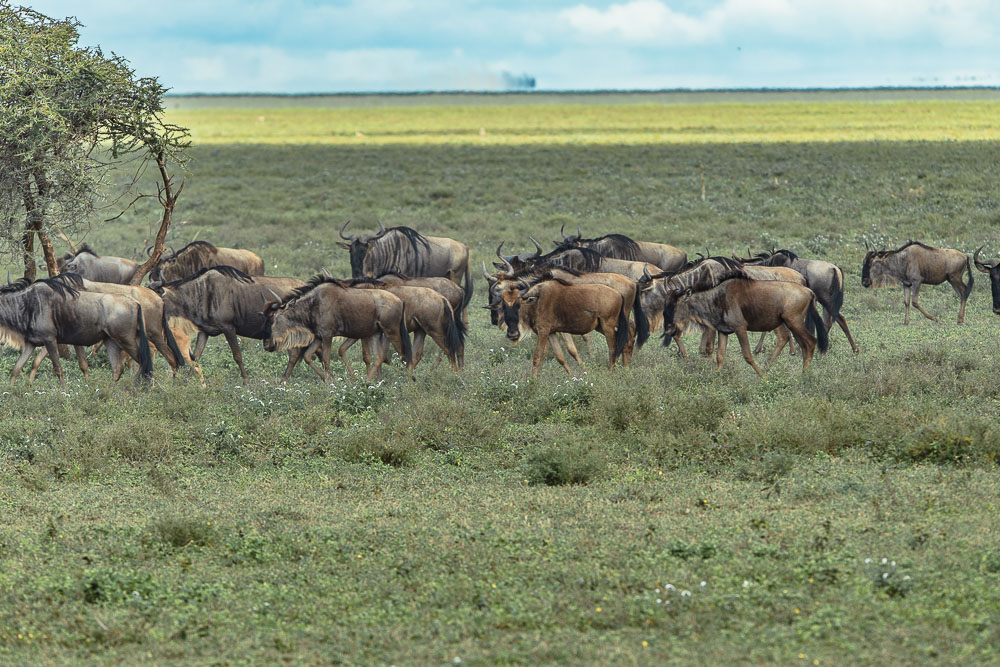
We now enter the open savanna.
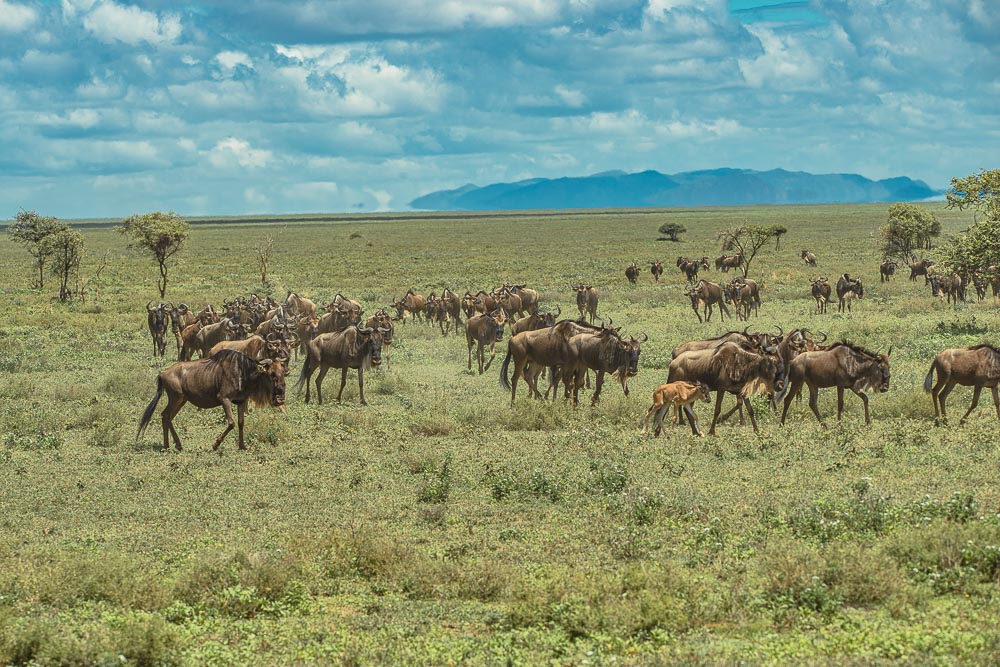
Repeatedly, we meet large herds of thousands of wildebeest.

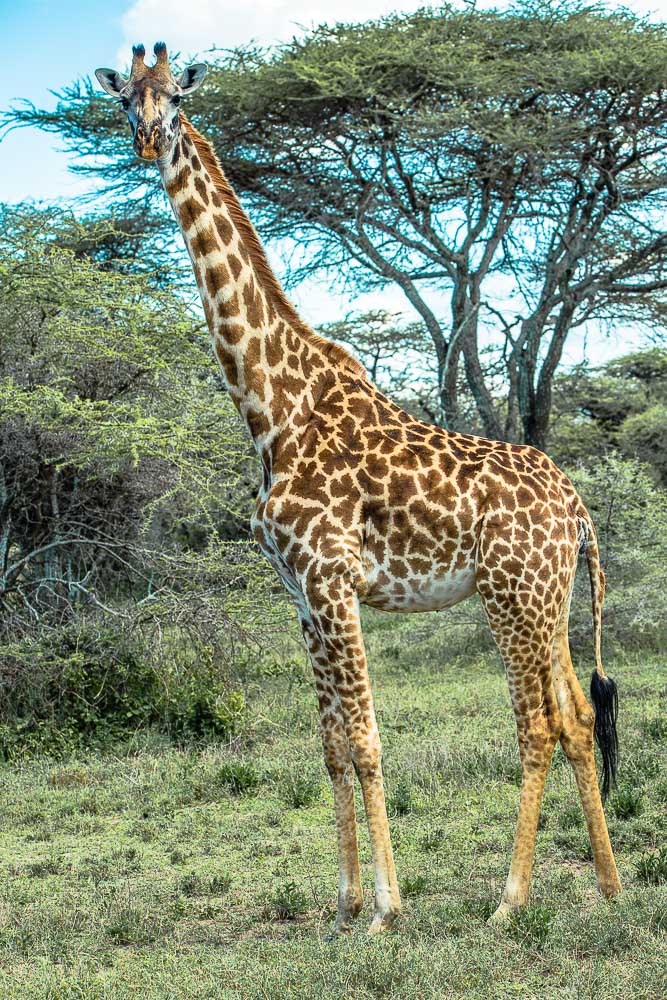
Giraffe.
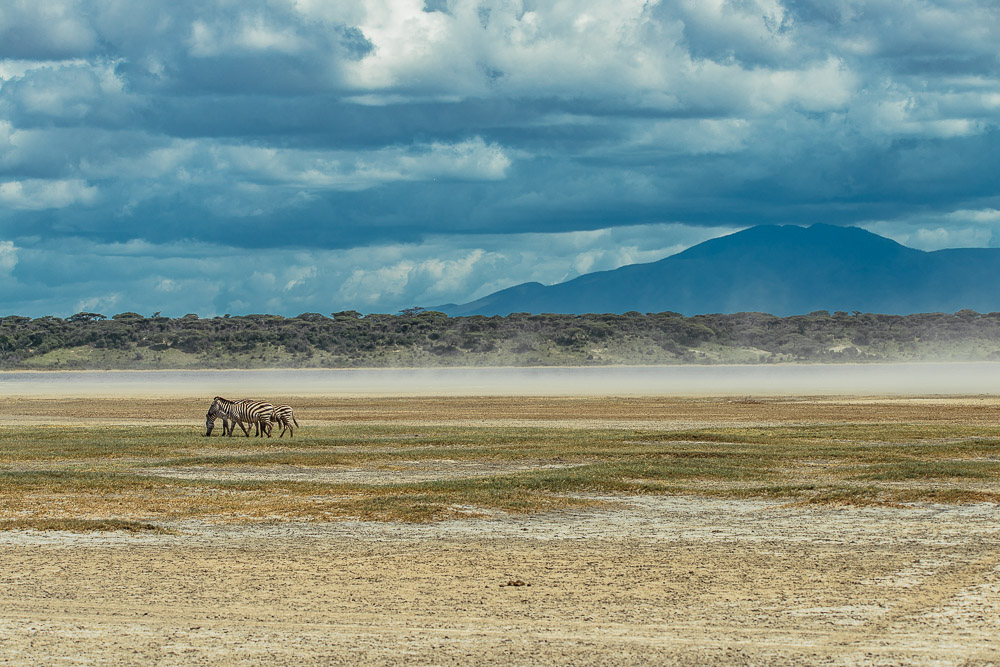
Ngorongoro mountains in the distance.
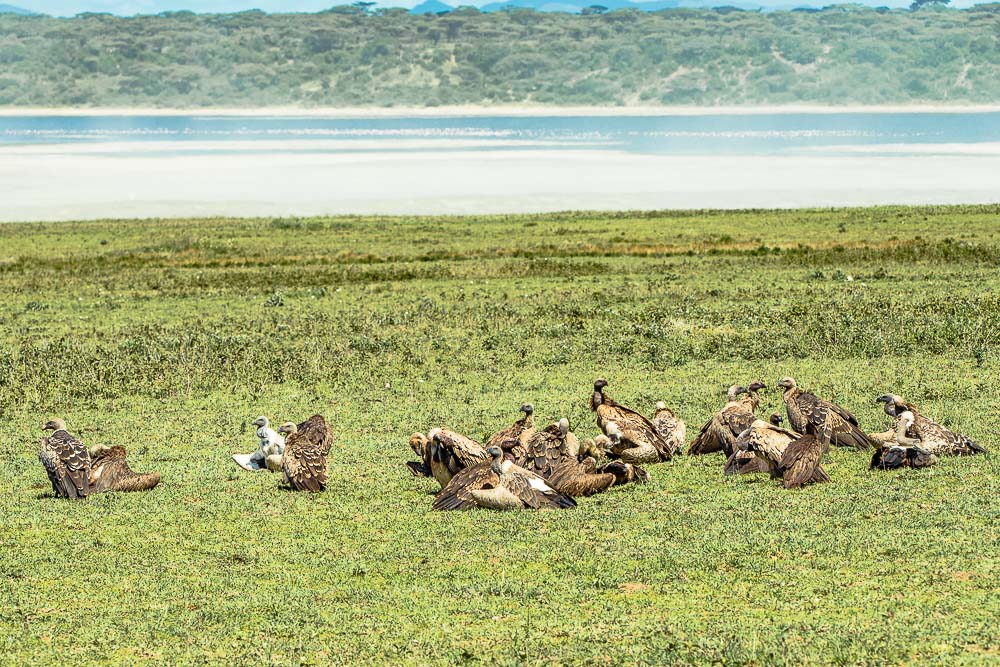
A group of hooded vultures near the lake Ndutu.
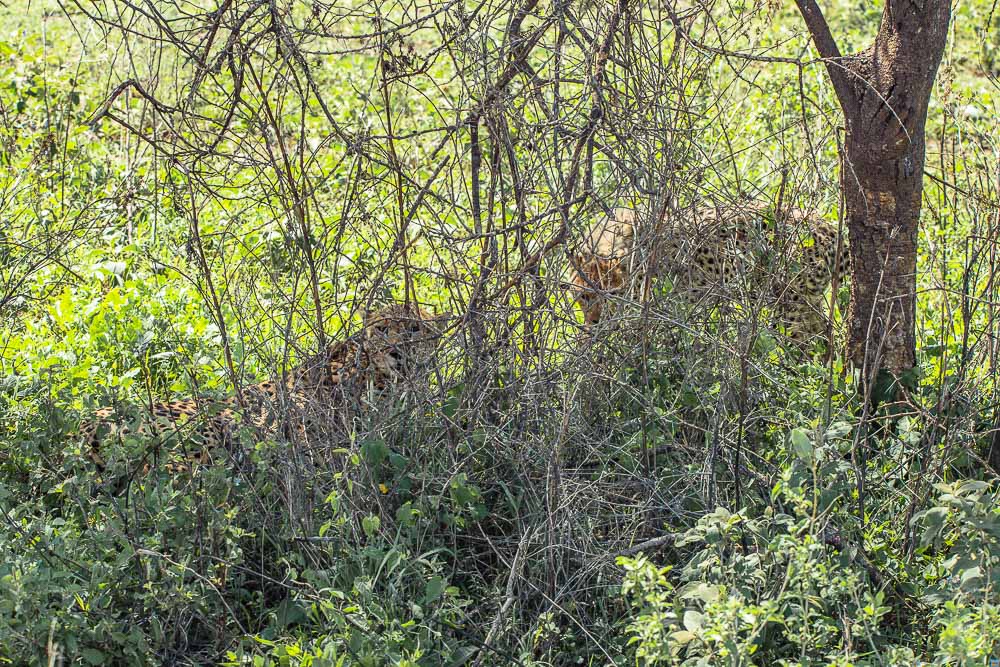
Two cheetahs - mother and partly grown-up child - beneath a bush.
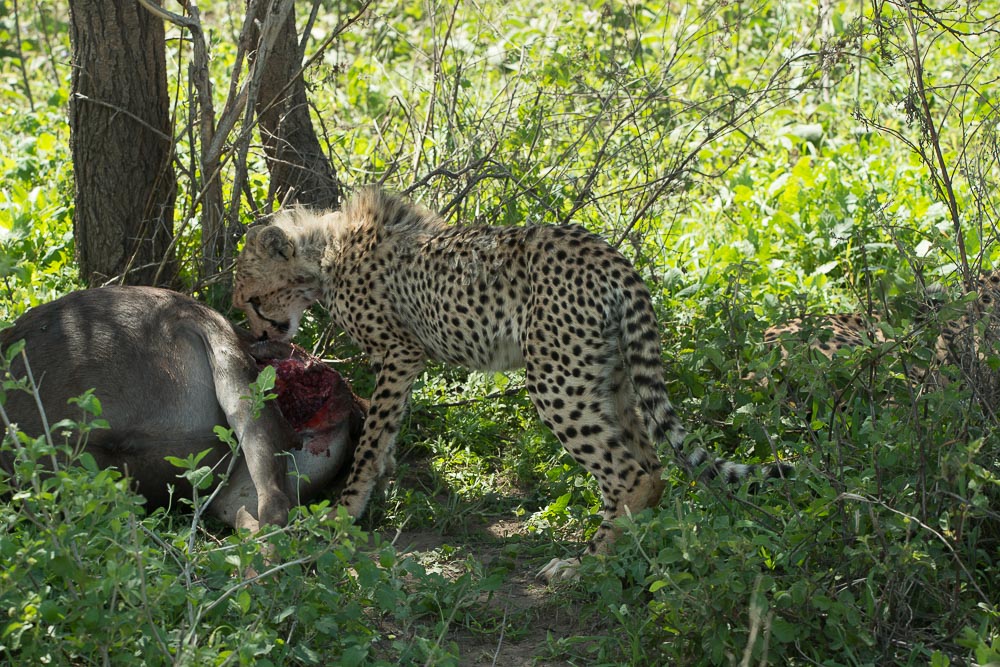
The young one gets his or her meal from a slain Gnu.
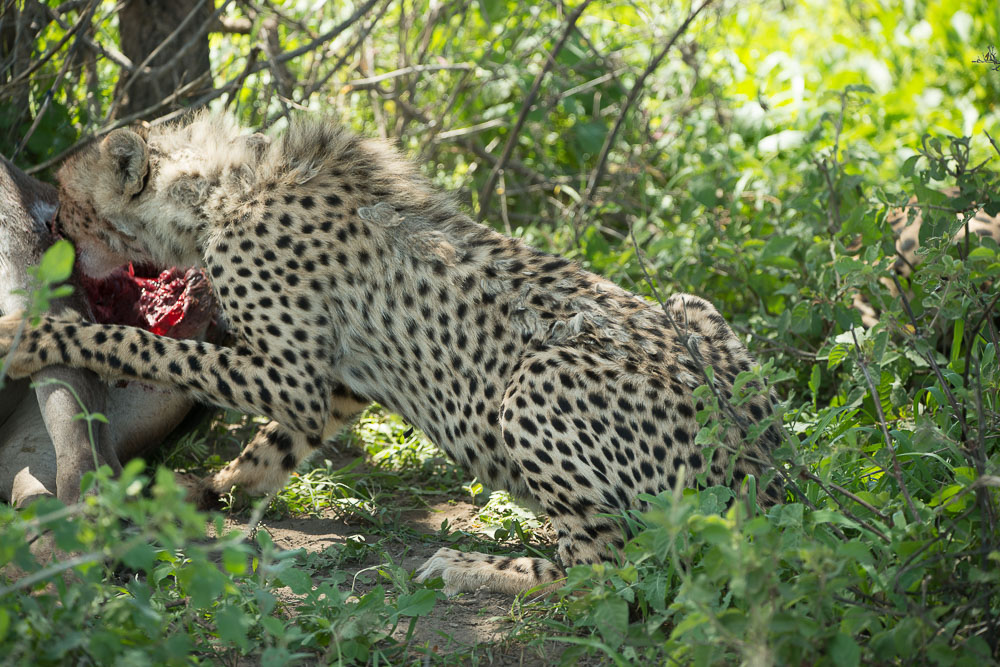
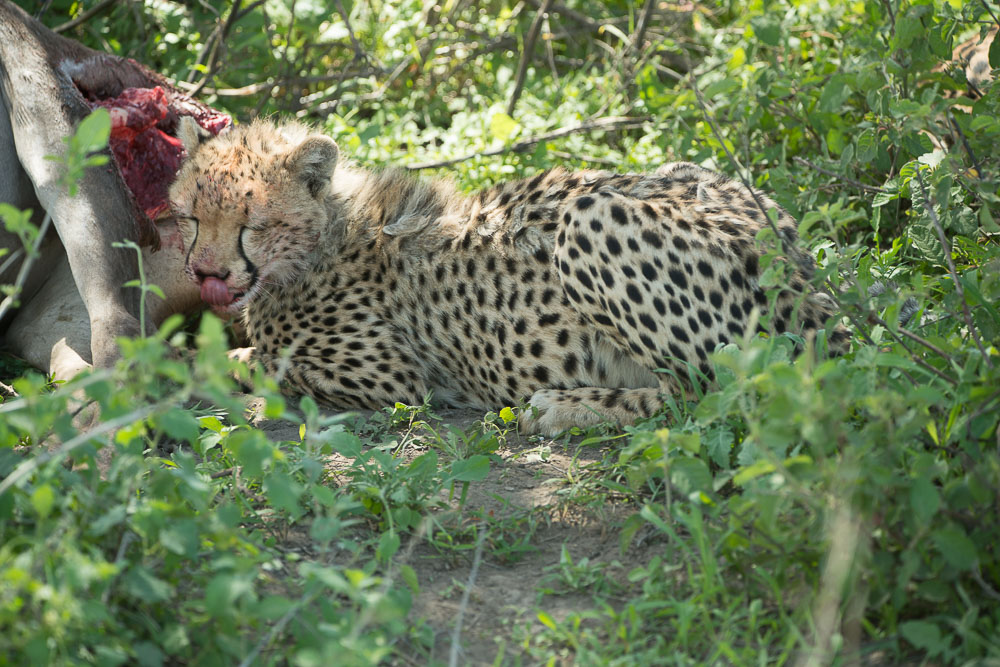
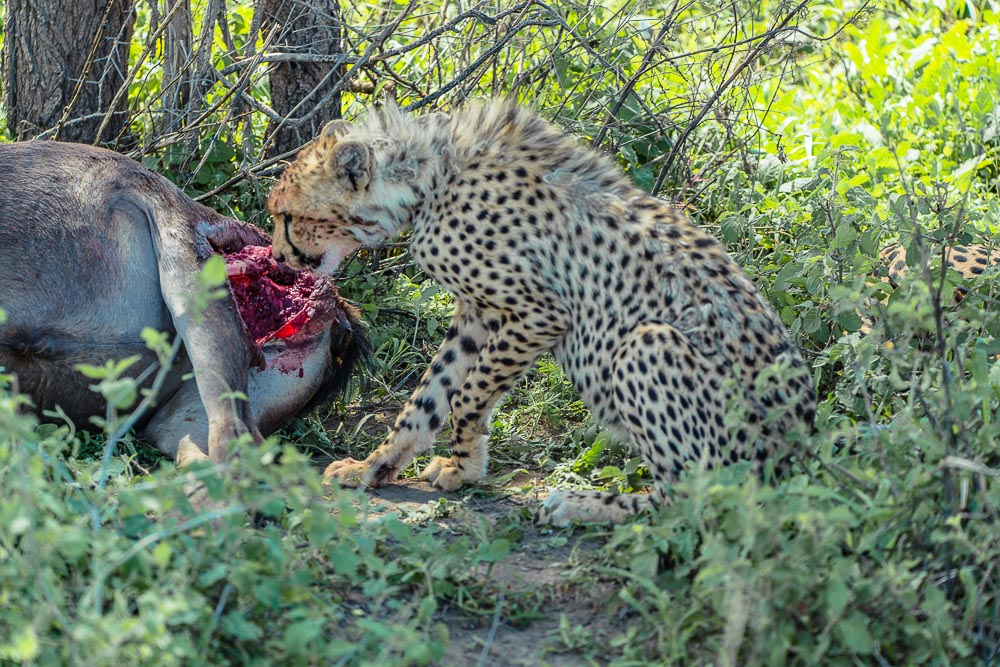
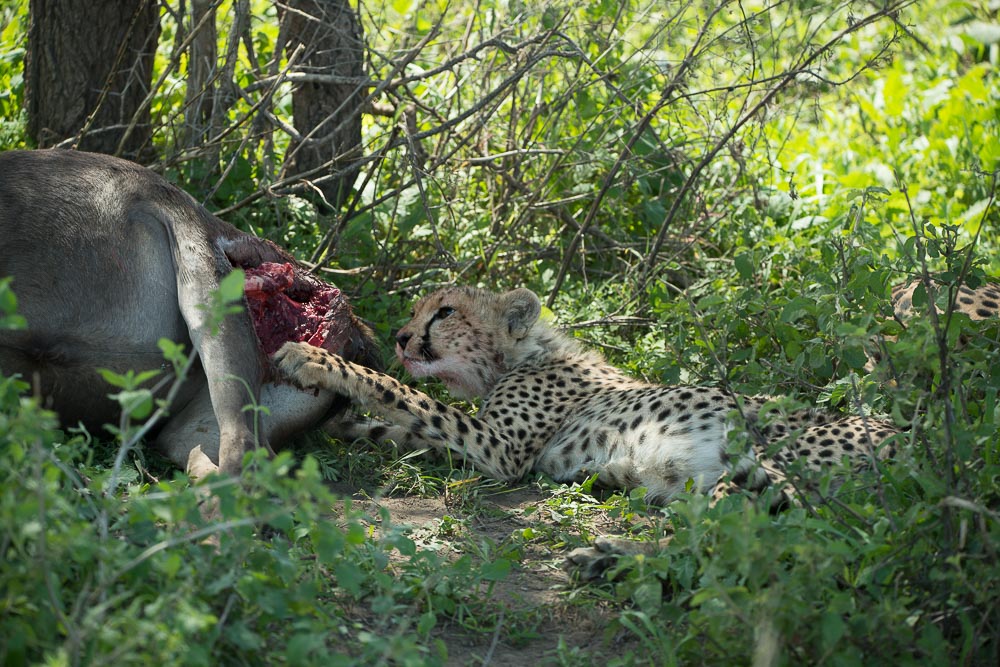
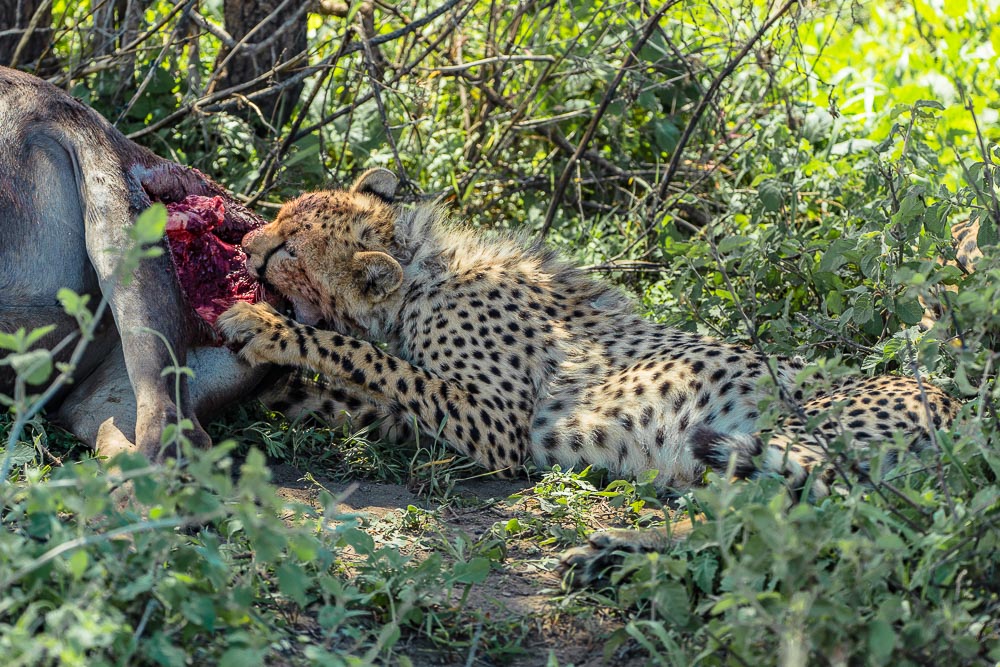
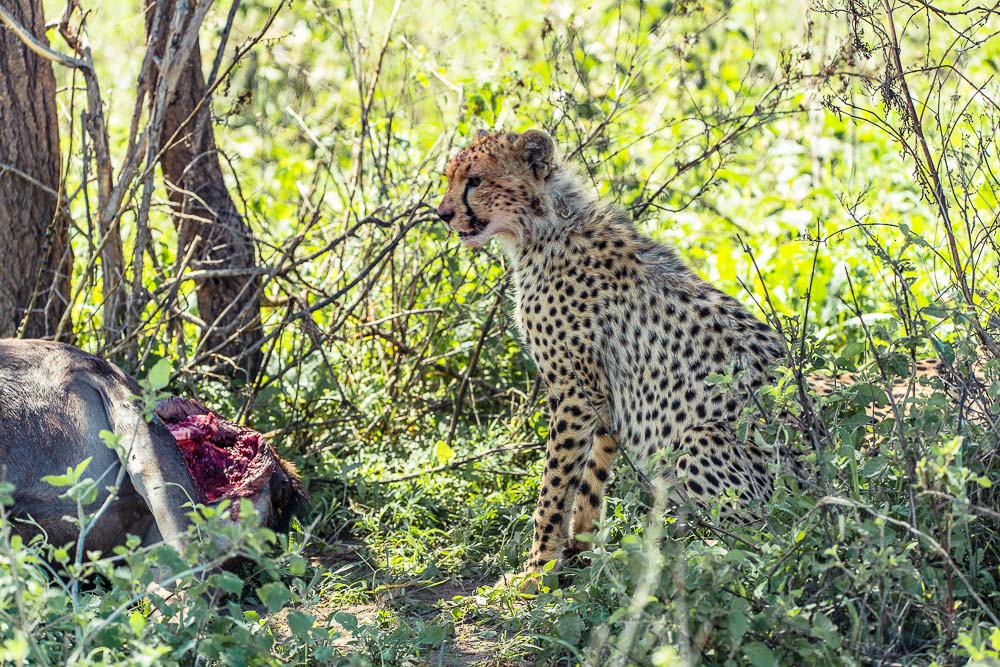
Enough now.
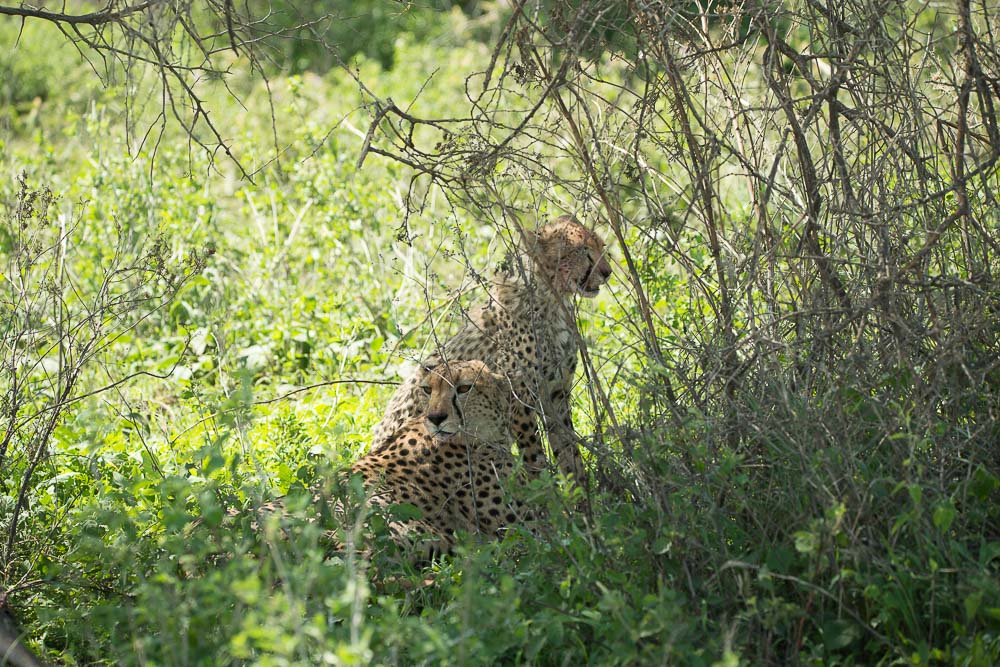
Let´s have a rest in the shadow.
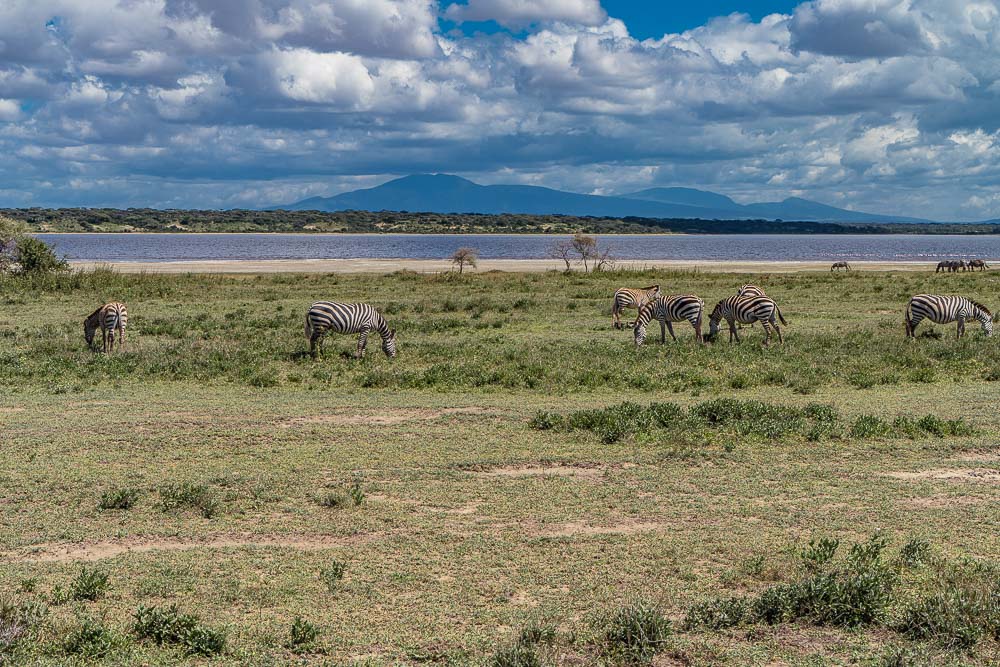
Zebra, Lake Ndutu and the Ngorongoro mountains.
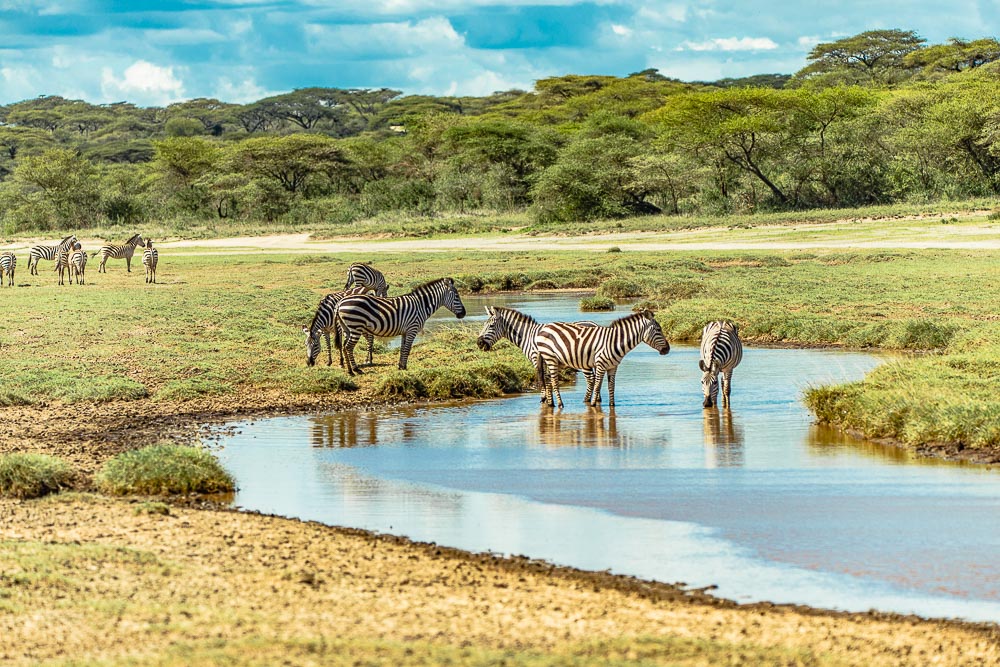
A flat river is flowing into the lake. Animals are drinking here at late afternoon.
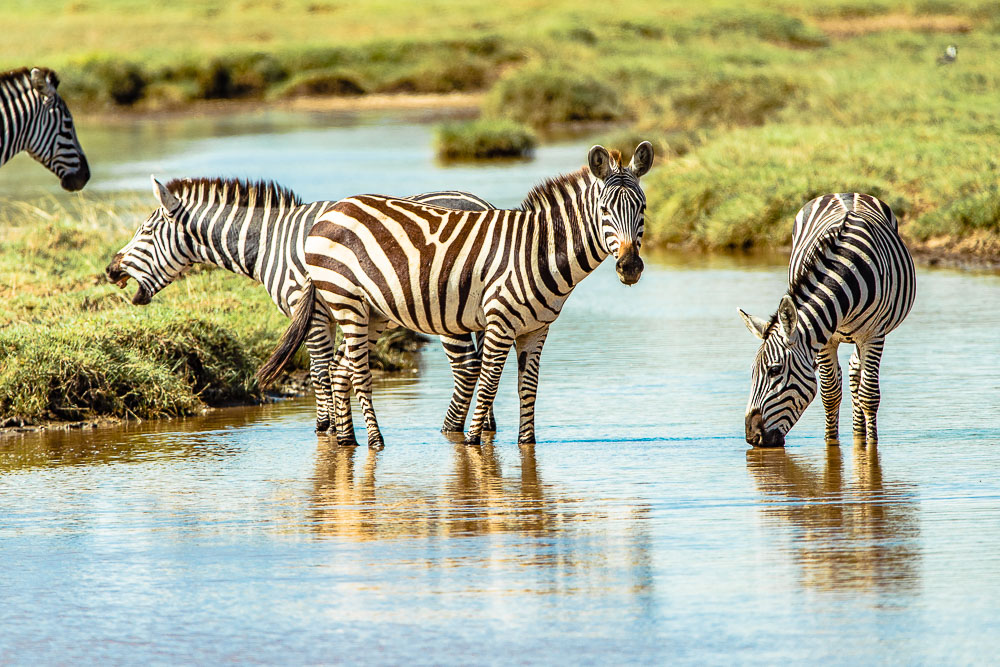
Zebras at the water place.
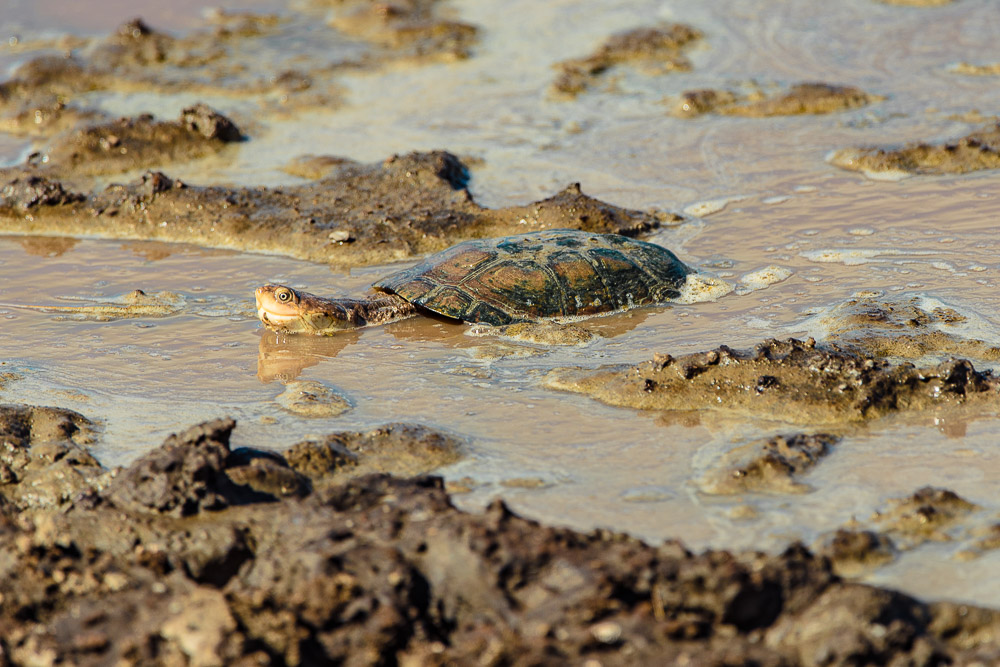
An African side-necked turtle in the water.
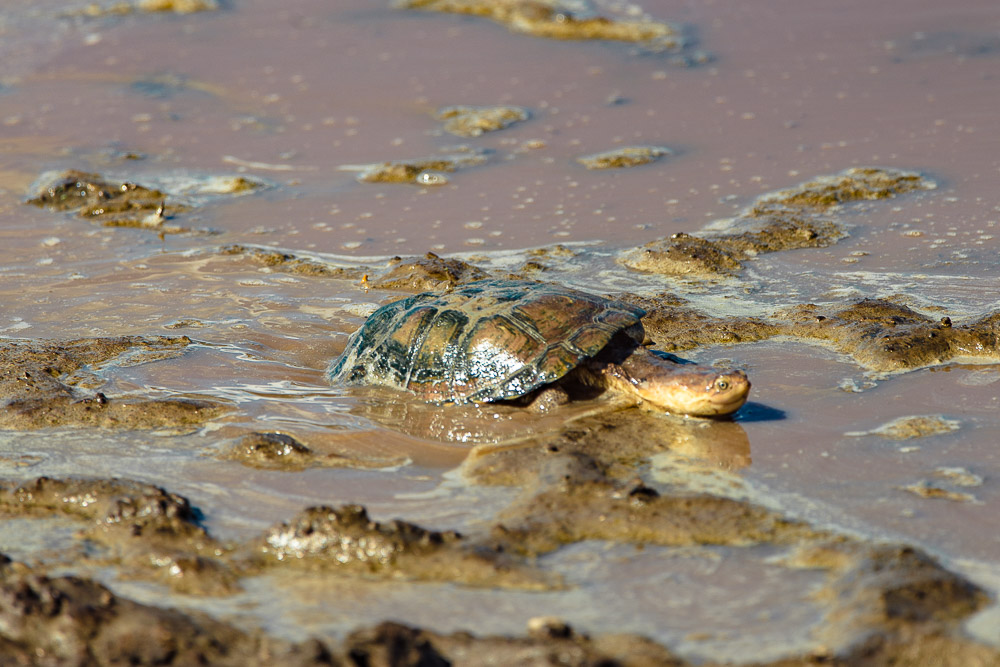
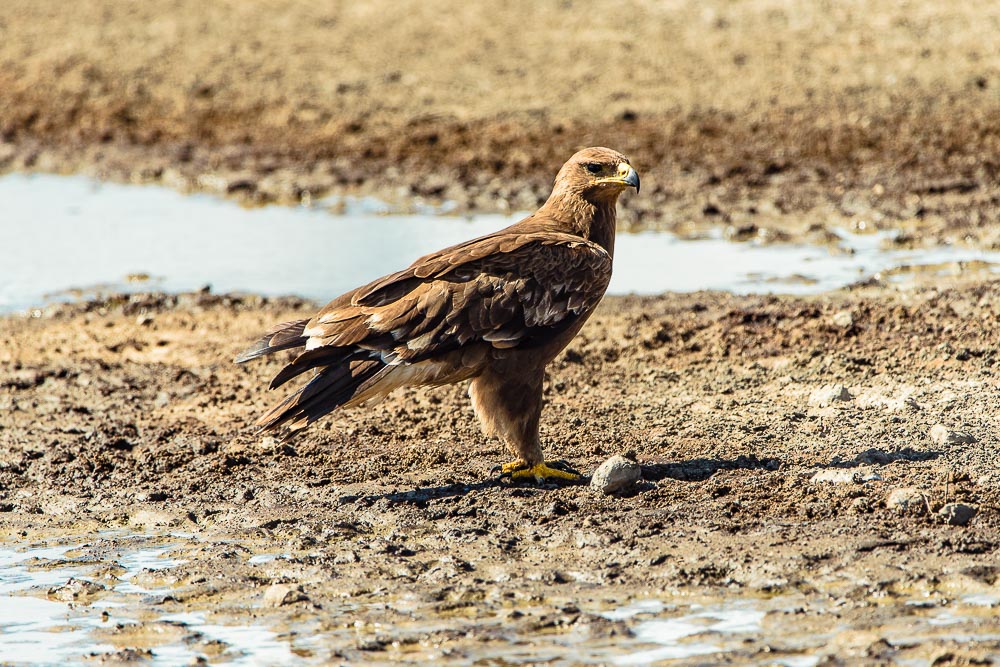
A steppe eagle near the water ...
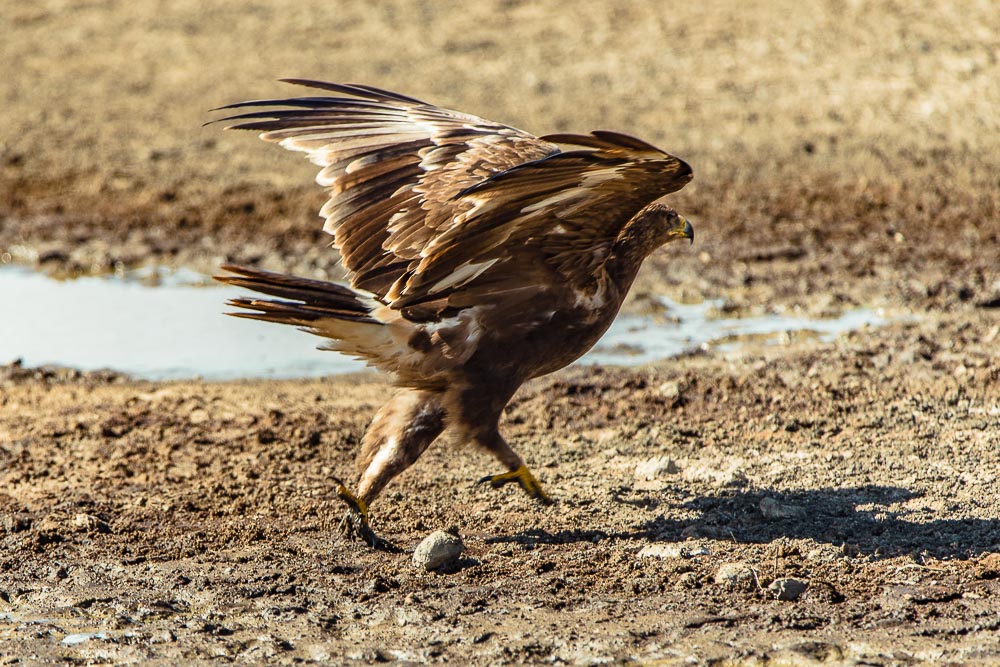
... but flees after seeing us.
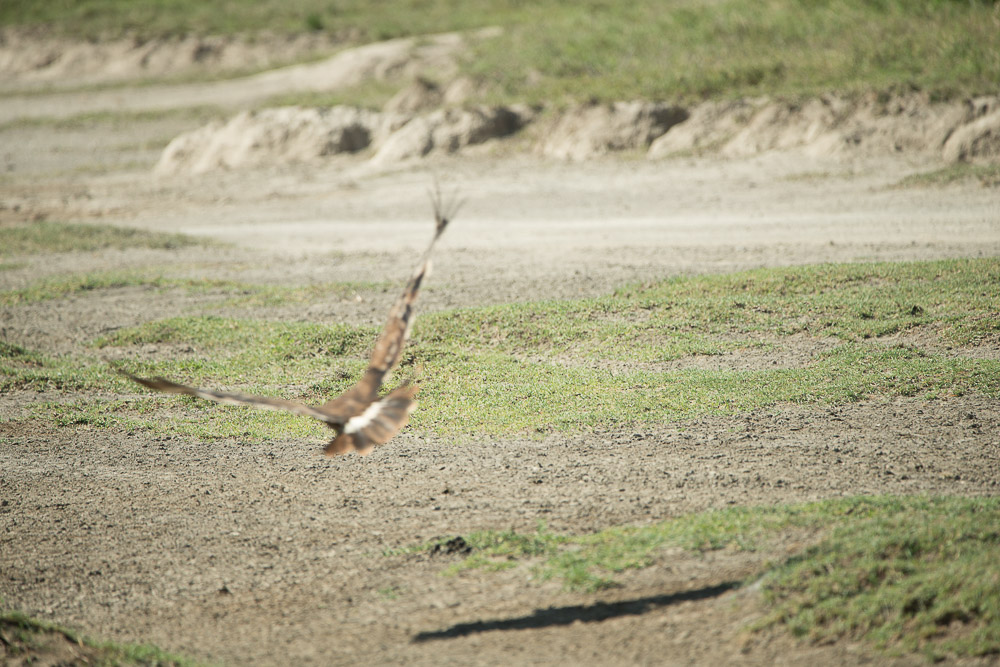
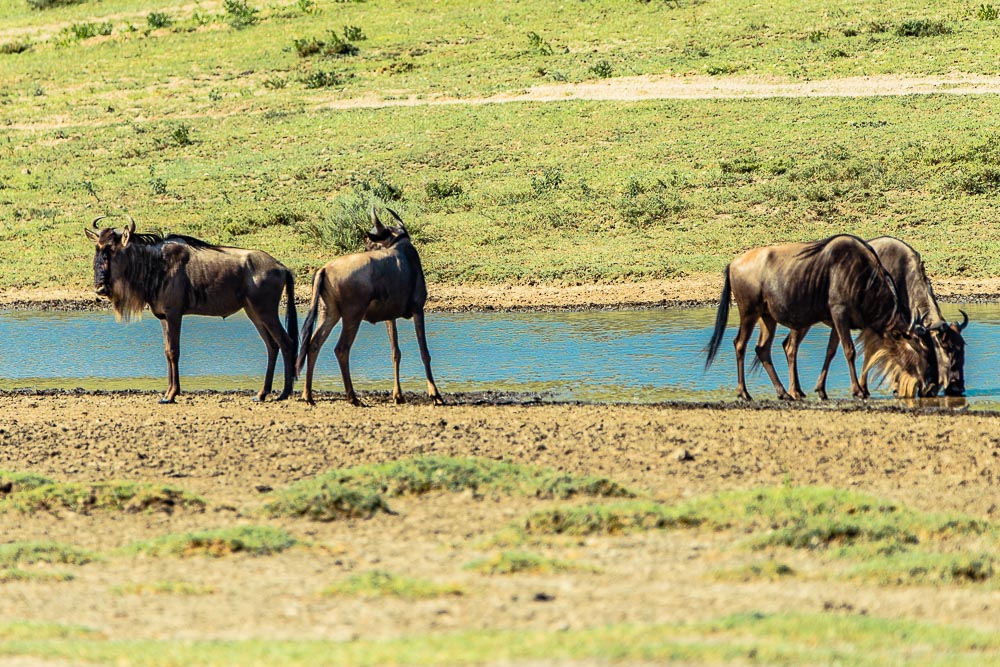
Gnus drinking. They are nervous , it seems like they smelled lions in proximity.
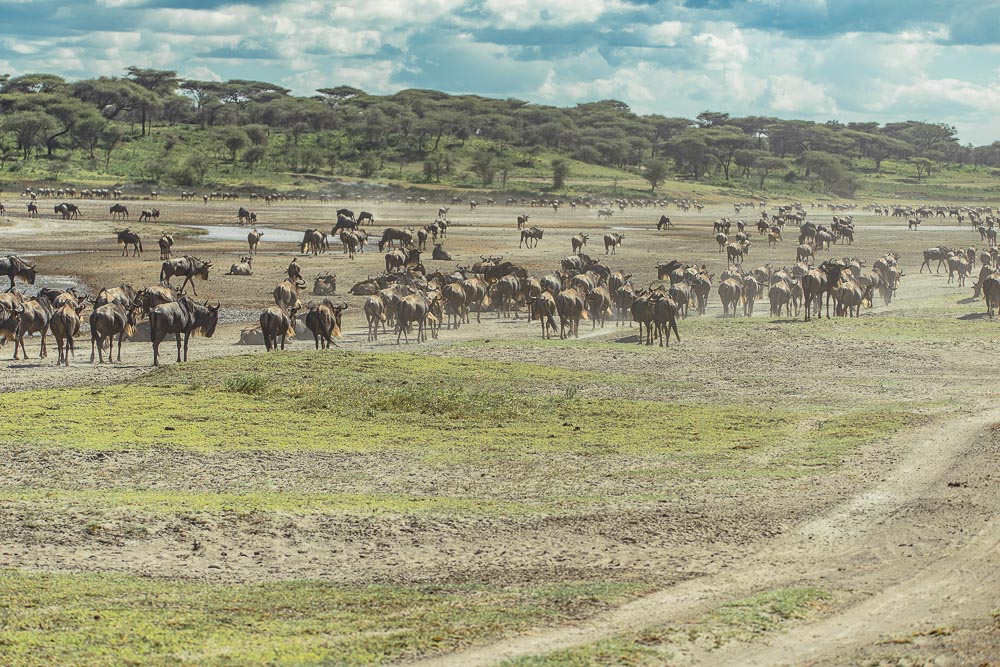
Gnus at the river, in another place. There seems to be no lion around here.
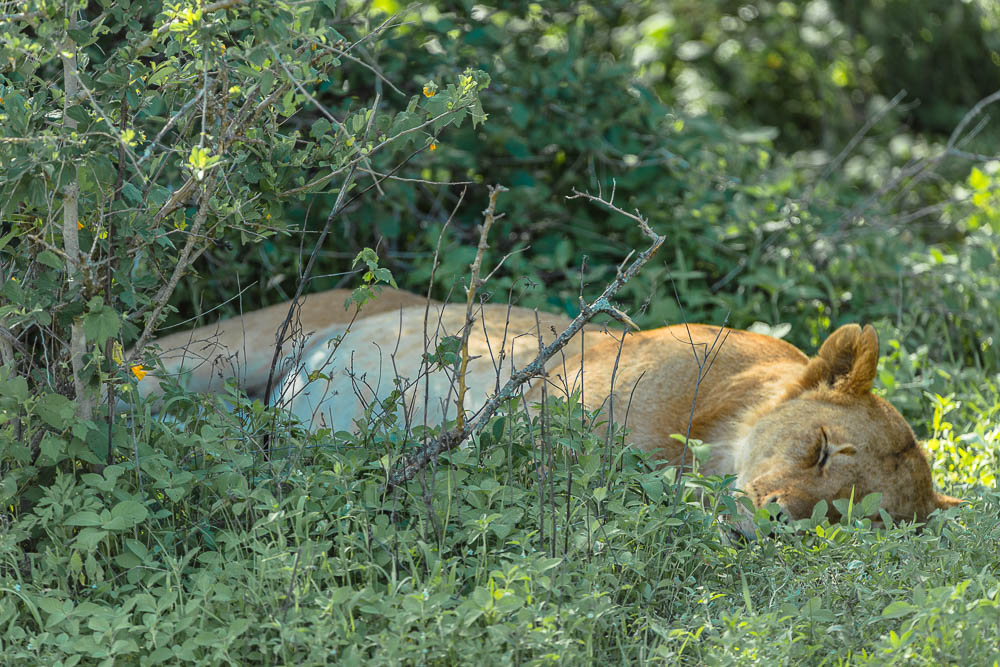
The ranger radiocommunication guides us to the bush where the lions are enjoying their siesta.
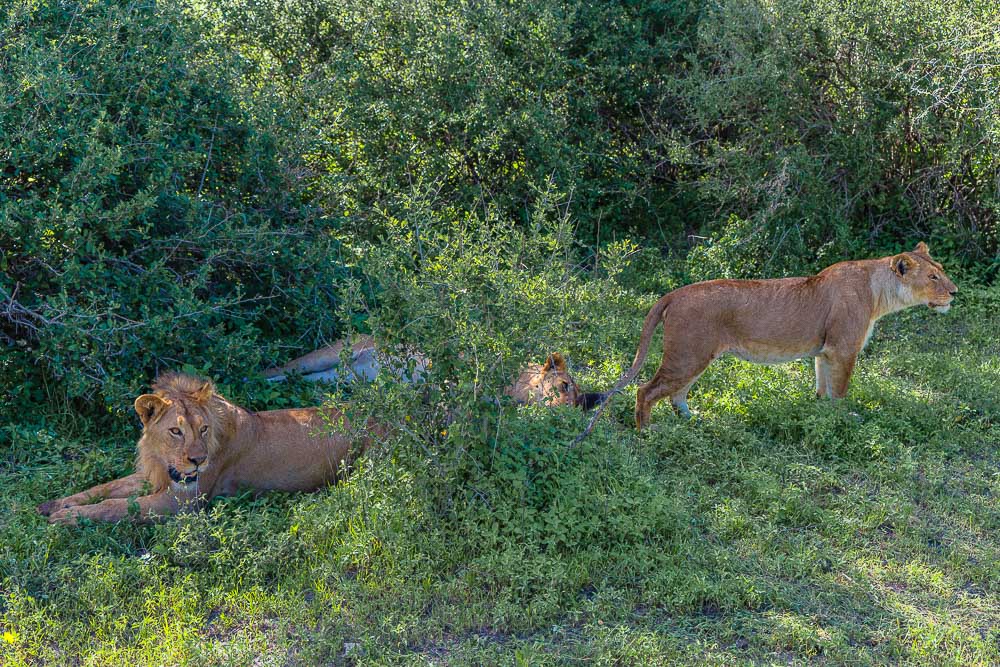
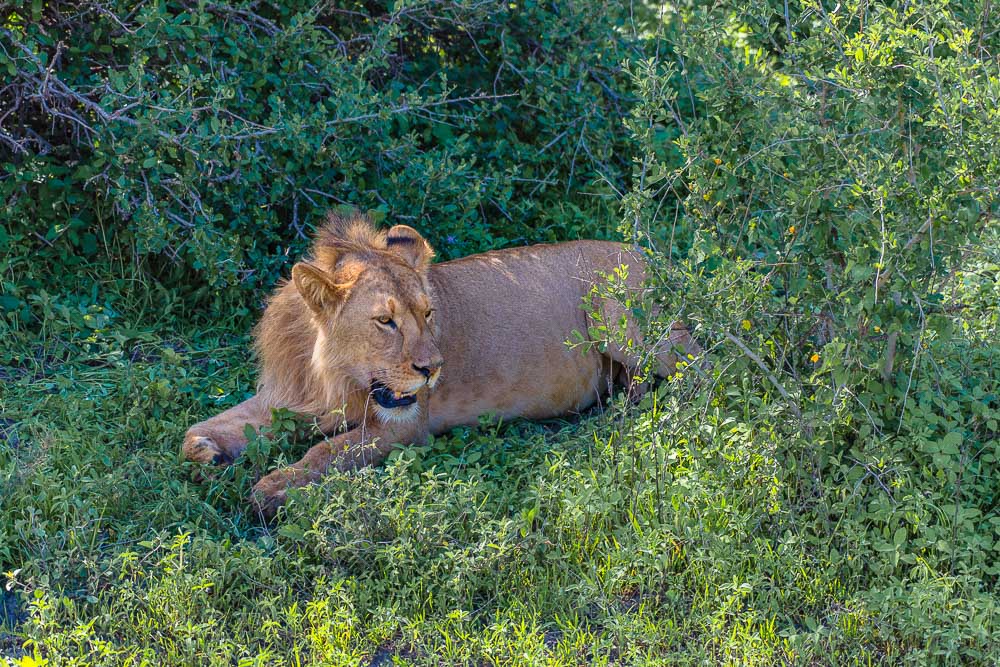
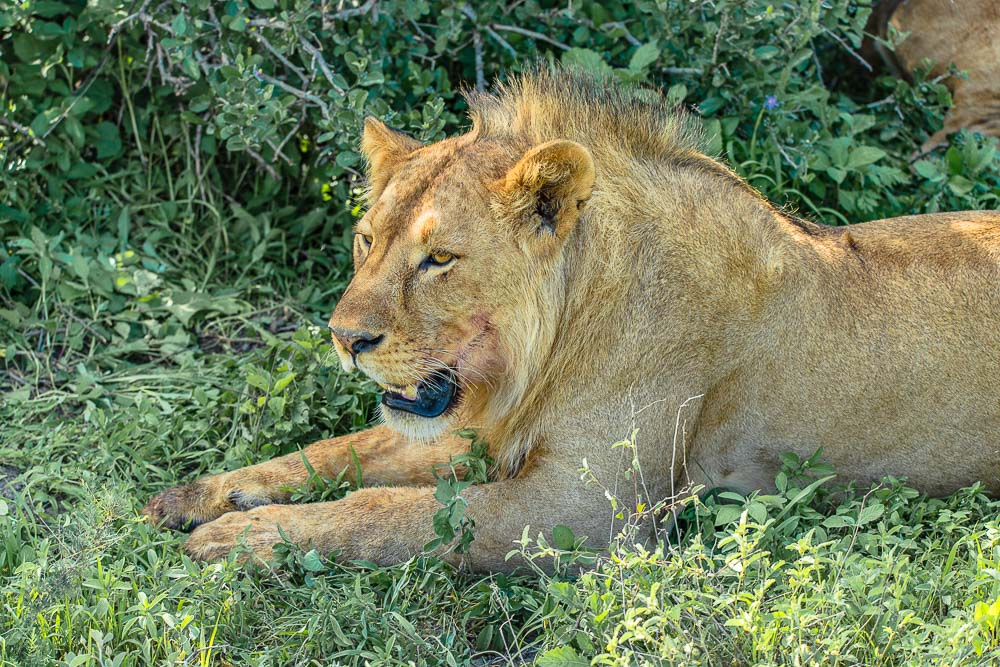
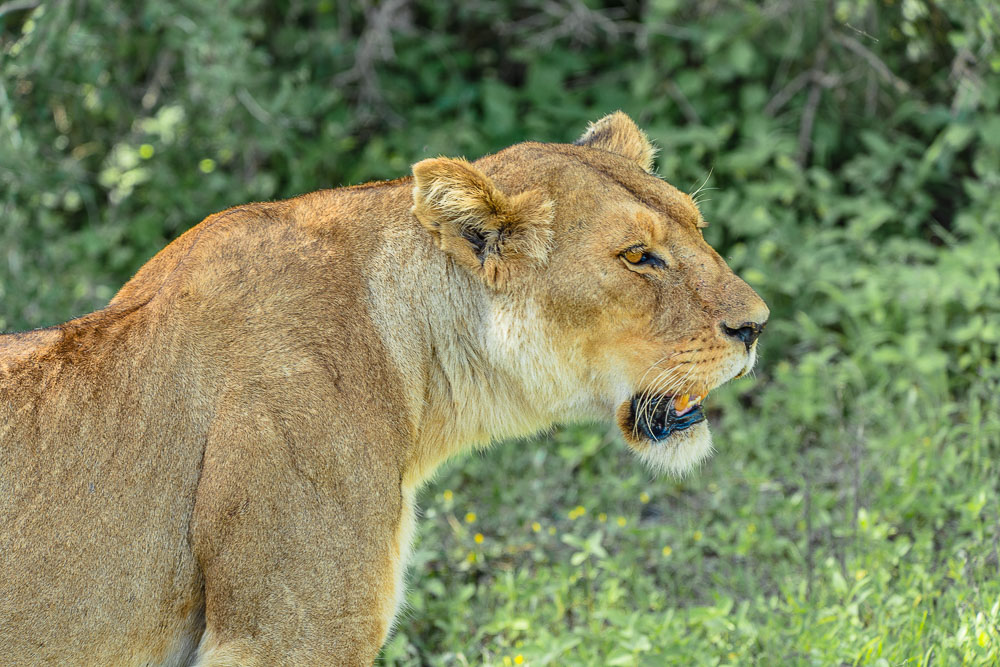
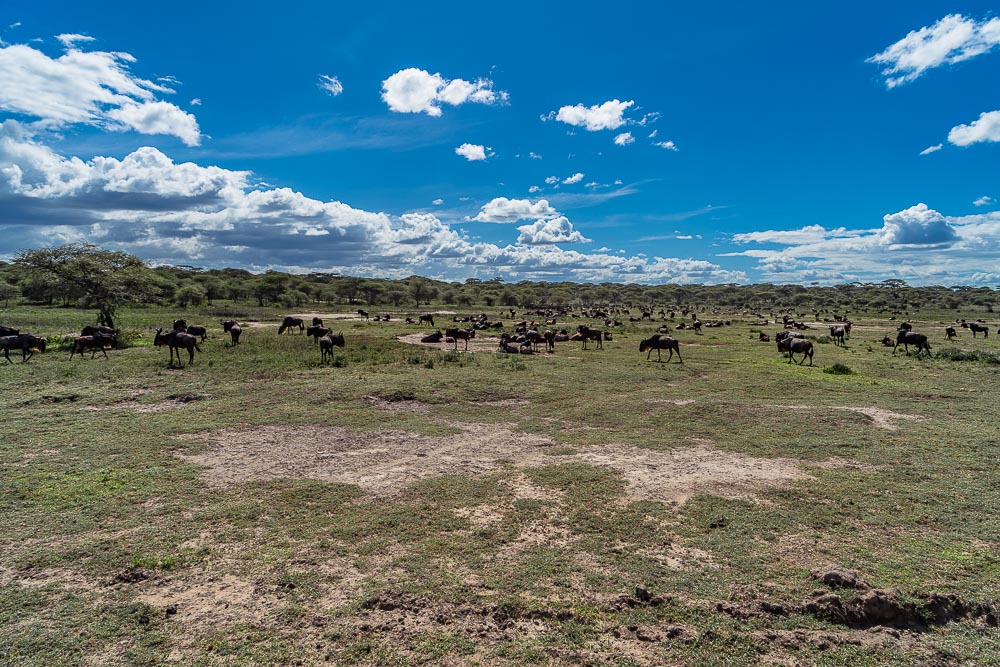
Back with the Gnus.
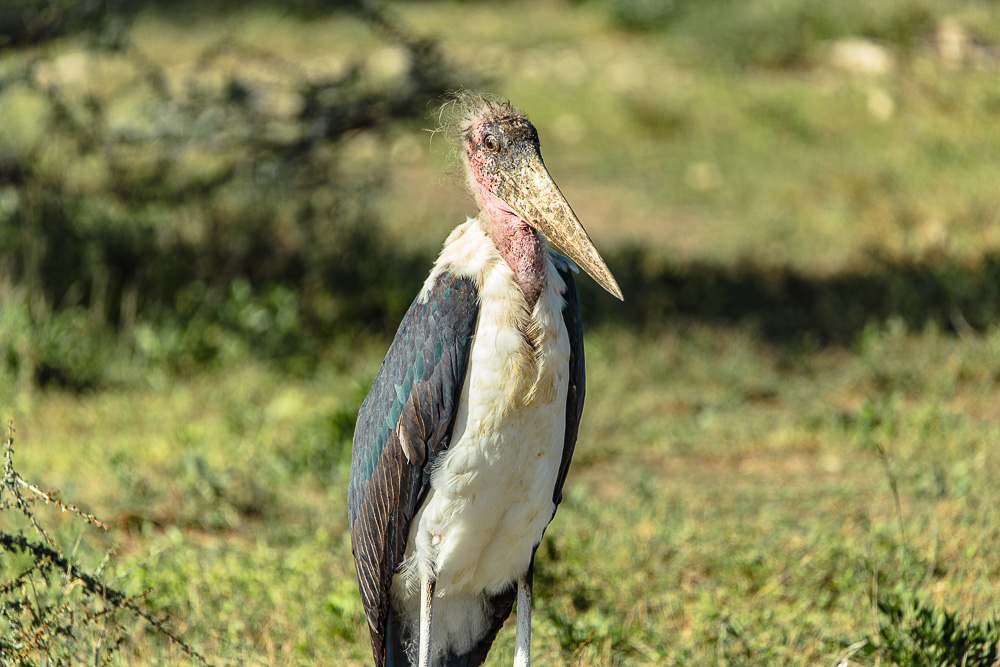
Marabu storks ...
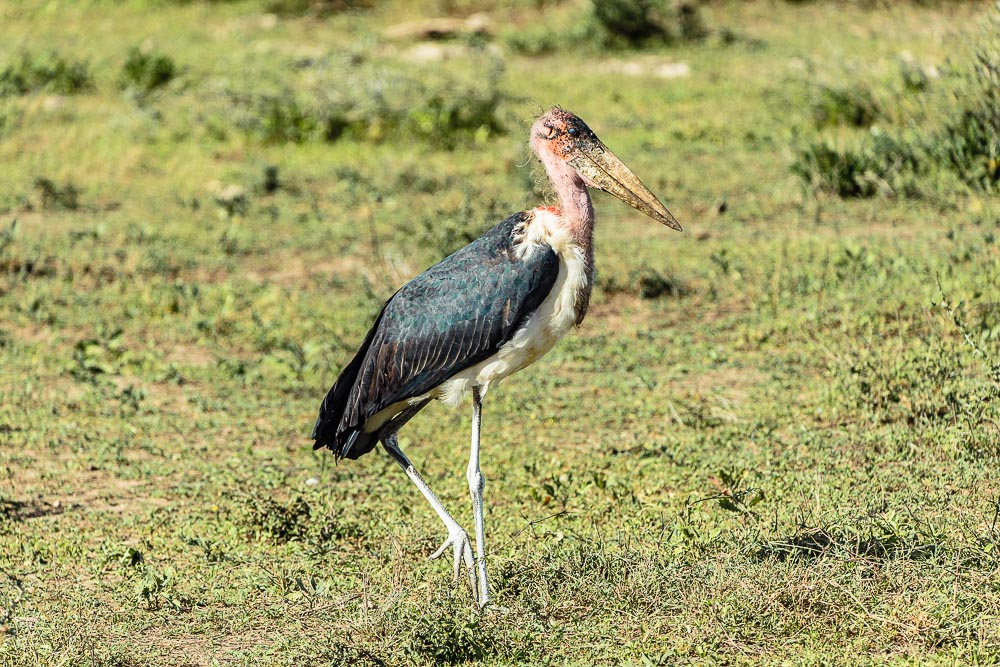
...
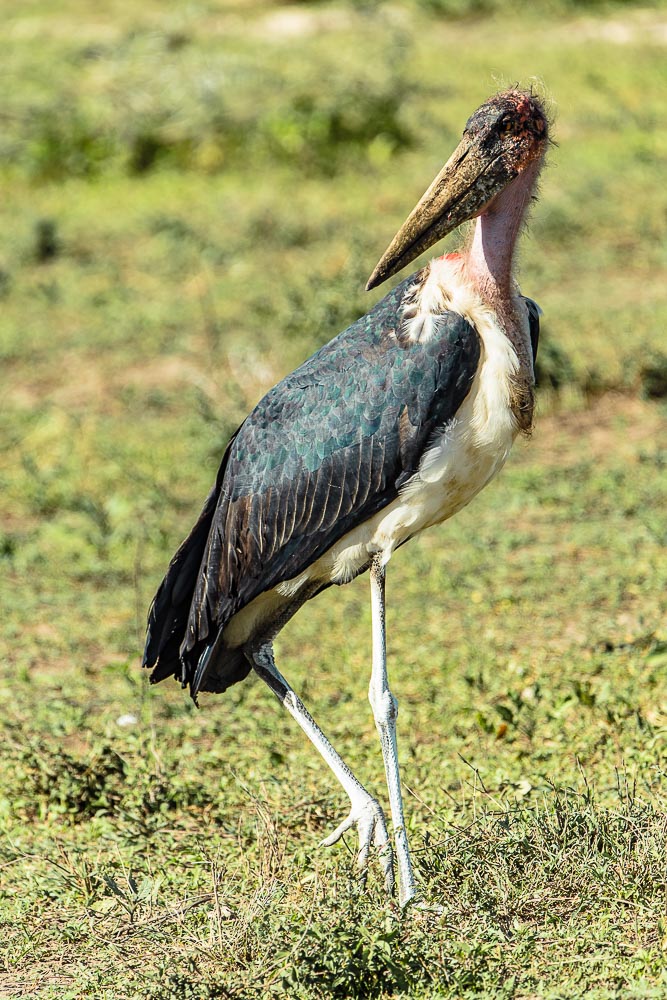
...
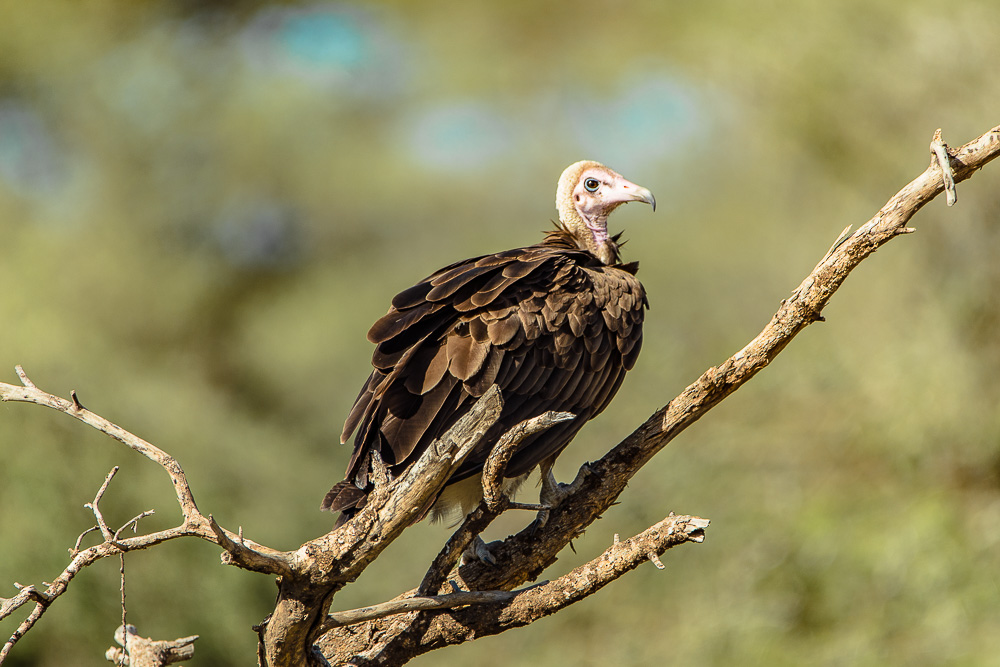
... and this hooded vulture are waiting for the rests of lions´ meal laying beneath another bush.
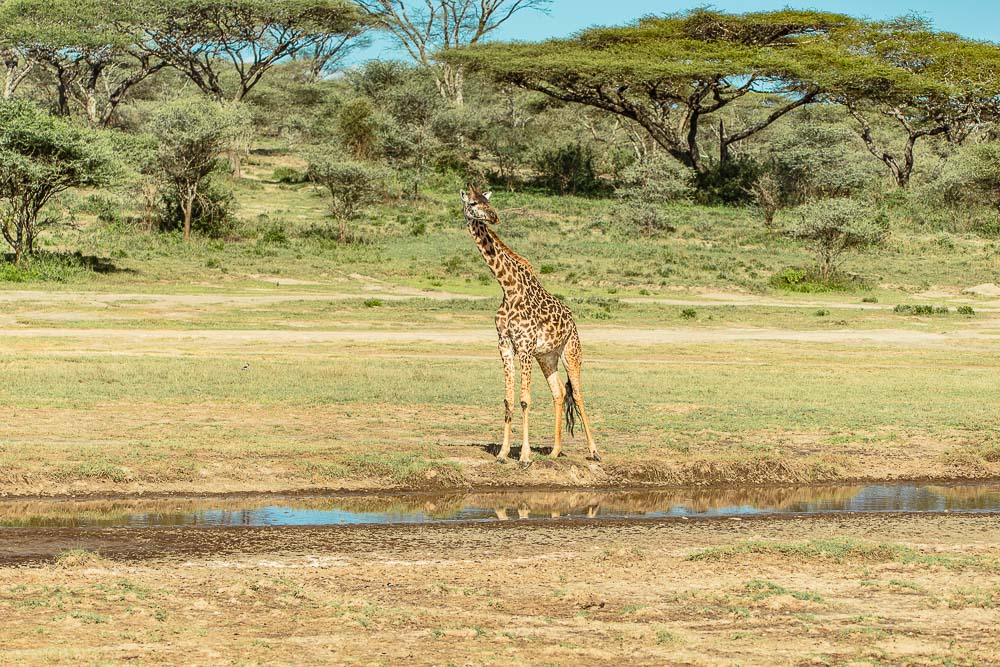
Giraffe coming to drink ...
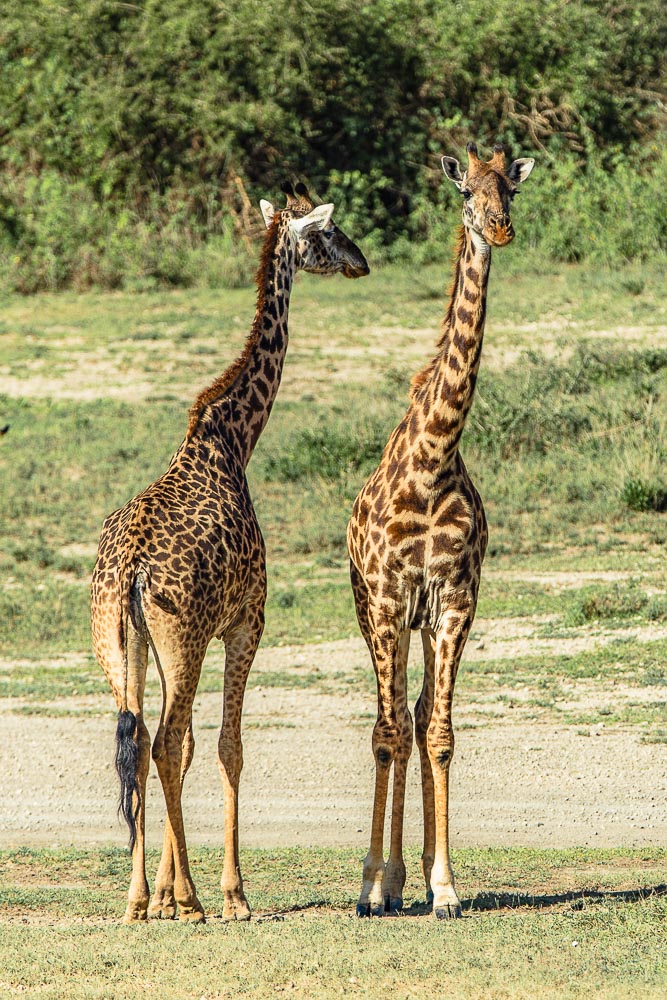
... and to have a "chat" with fellows.
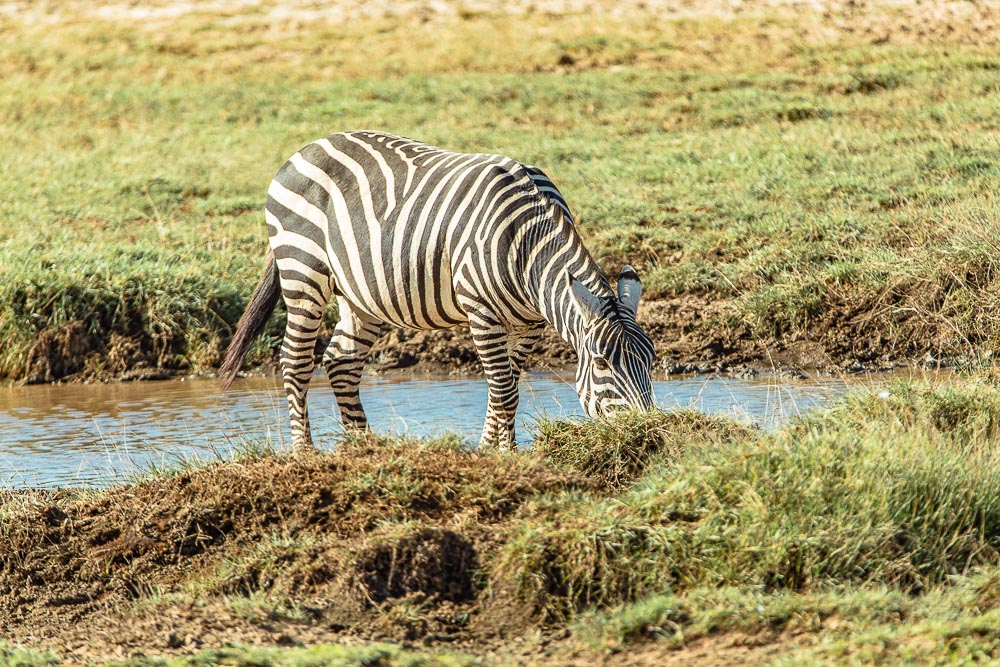
Zebra
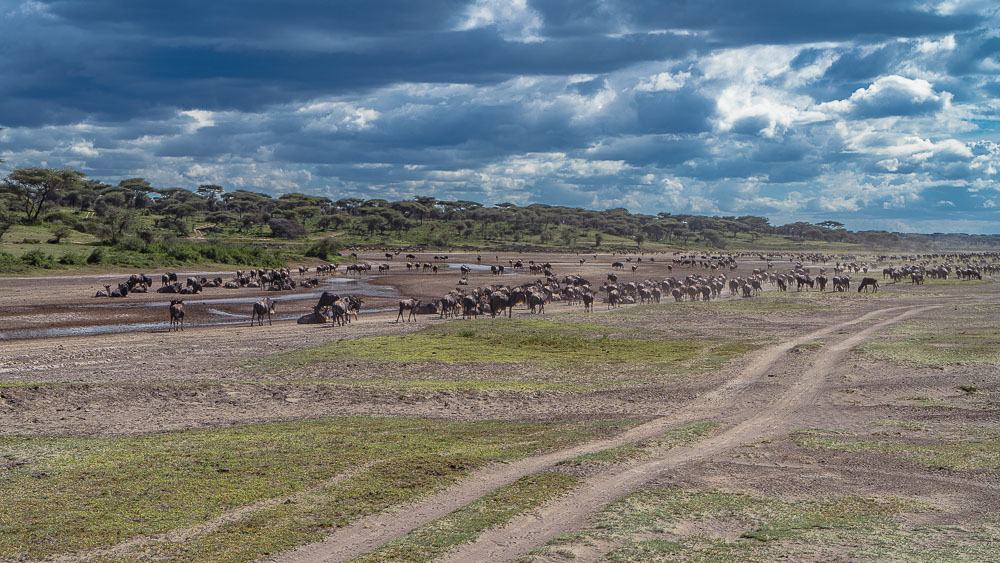
Gnus at the river.
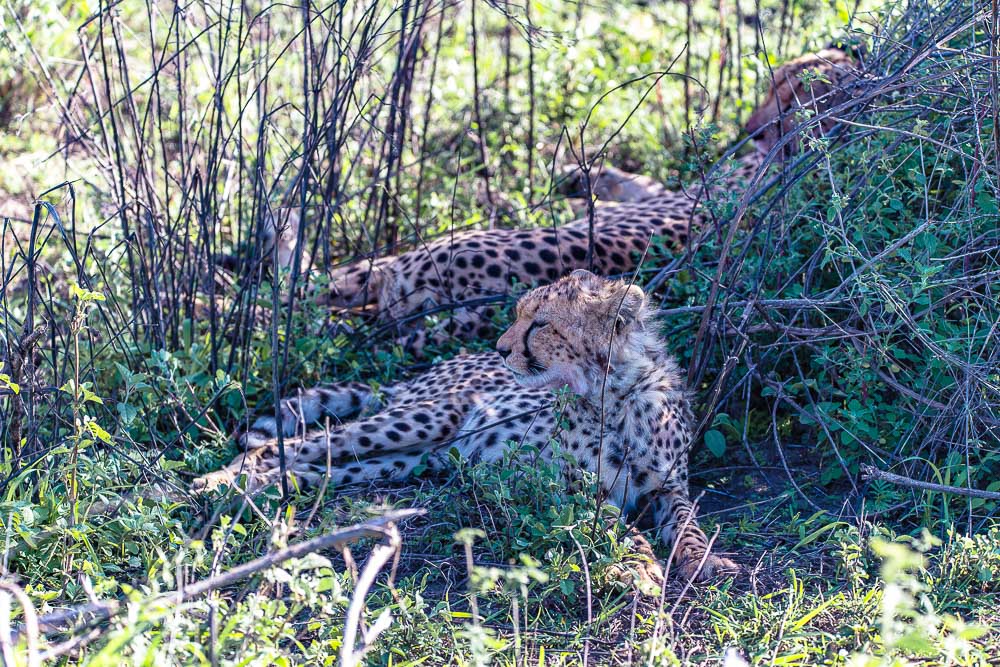
We pay a second visit to the cheetah still laying around.
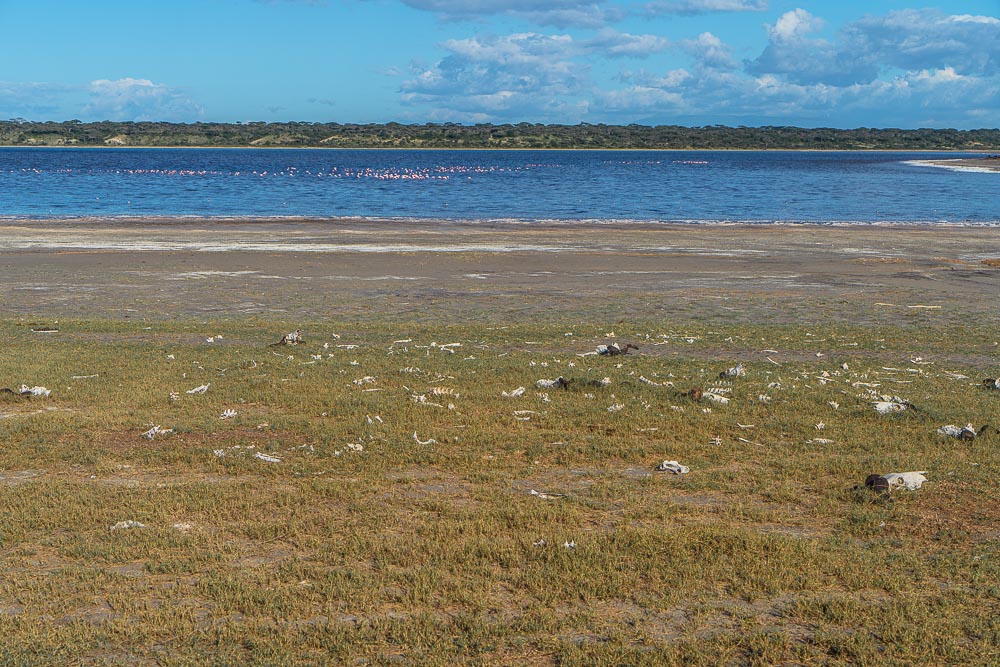
Lots of animal bones have been washed ashore at rain season in this place.
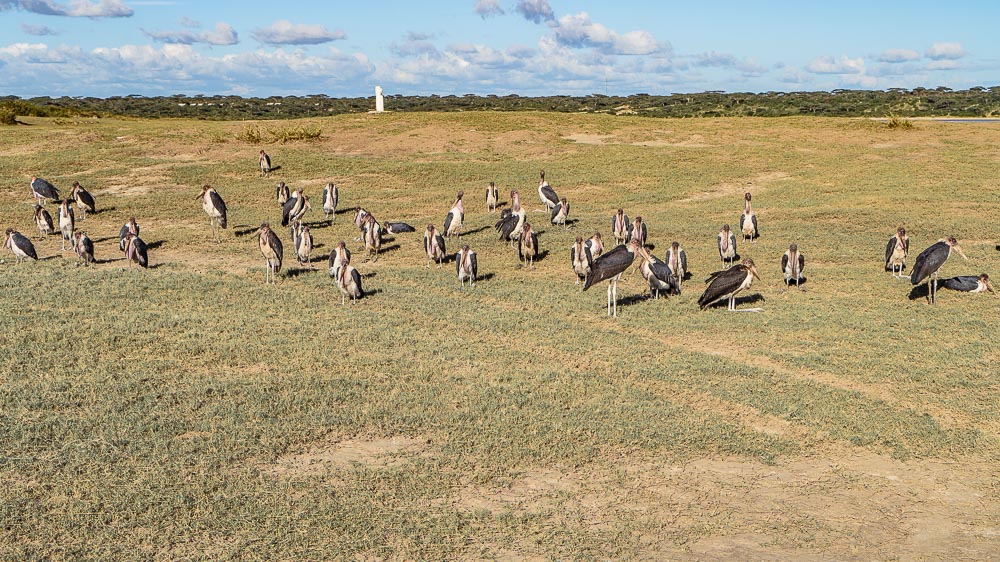
A large group of Marabu storks.
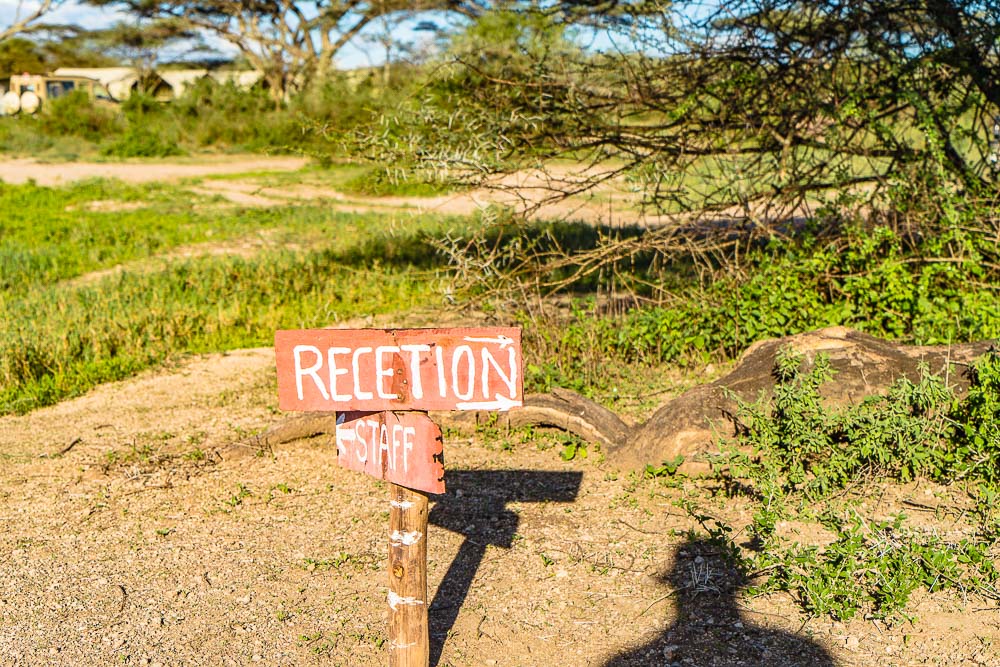
Finally arrived at our tented camp.
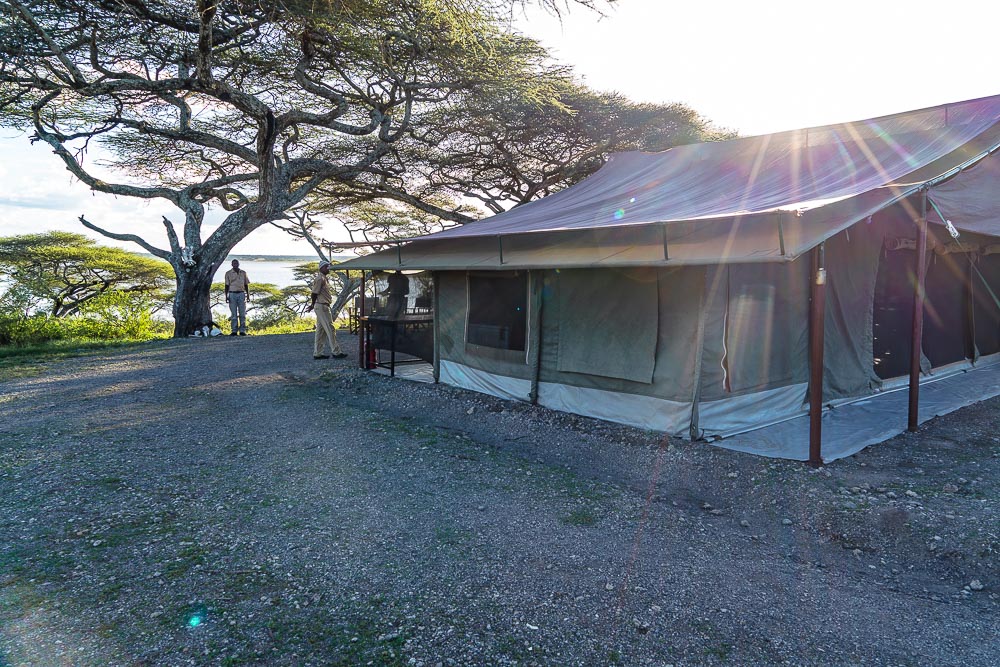
The "restaurant" tent.
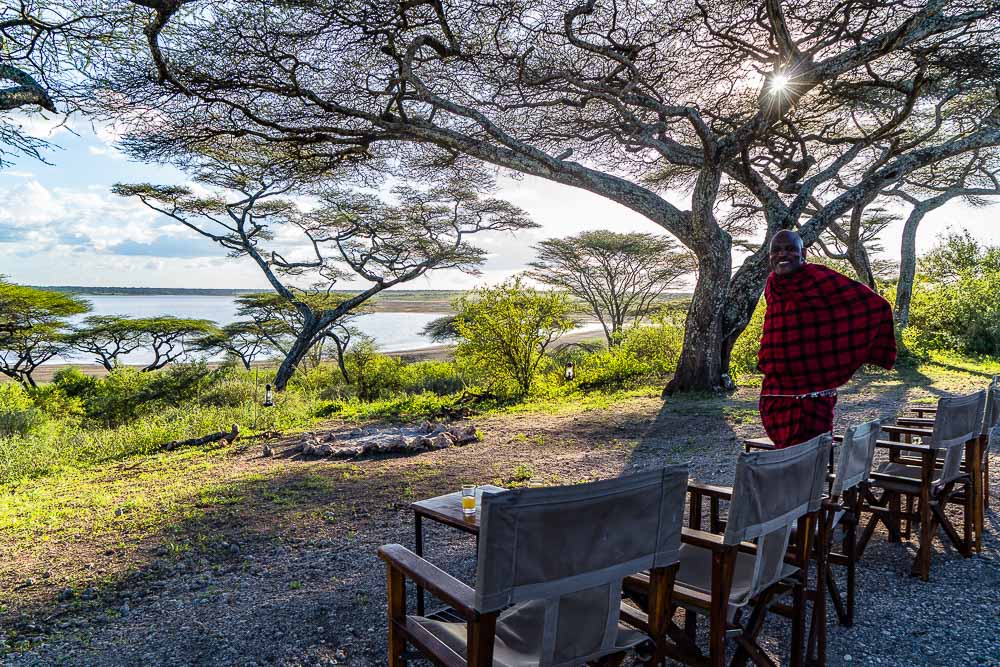
Chairs in front of the tent to enjoy the view over lake Ndutu.
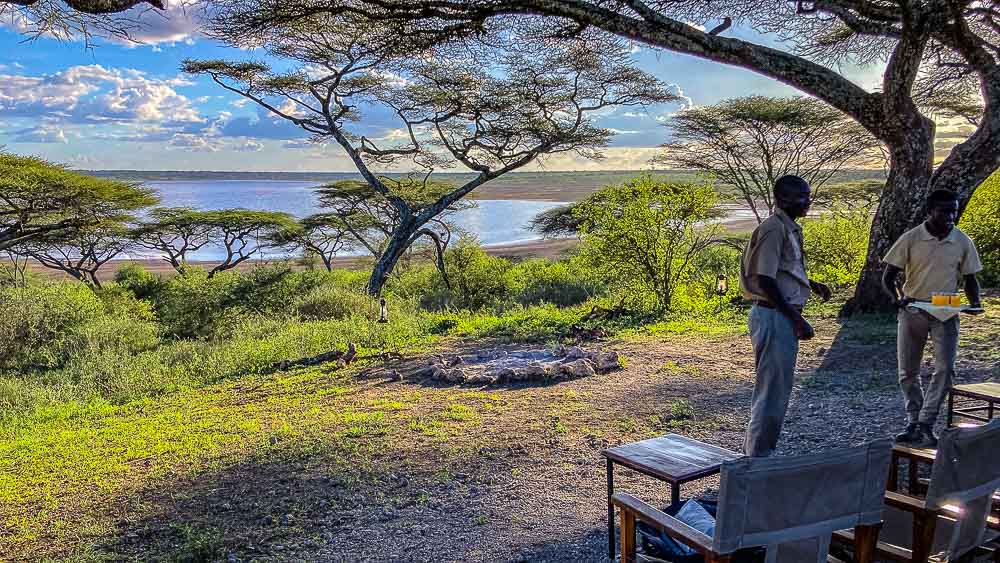
Welcome drinks are served here.
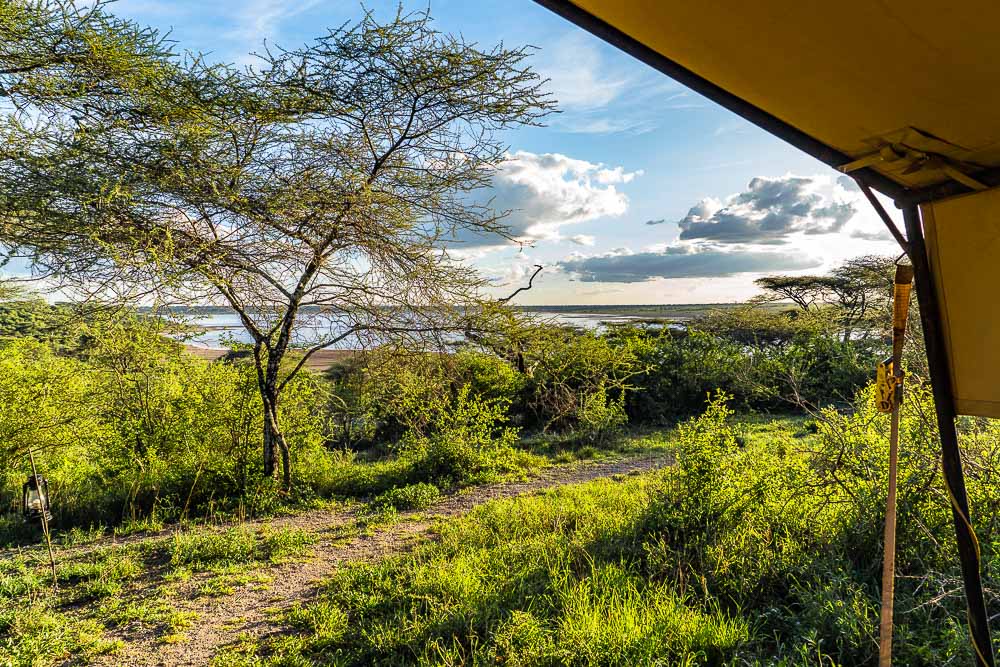
The view down from my ...
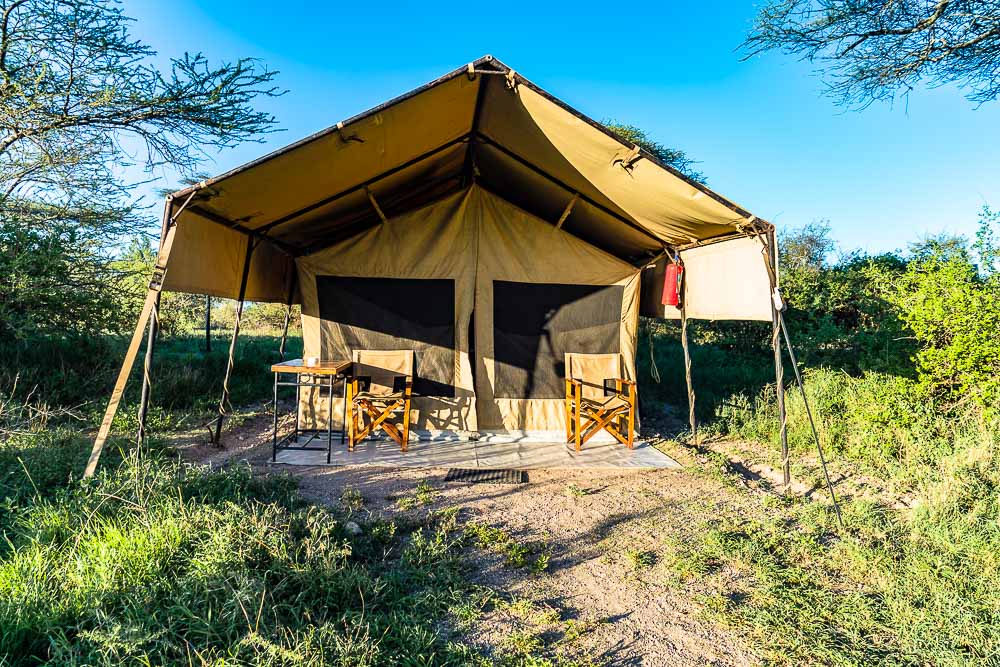
... tent.
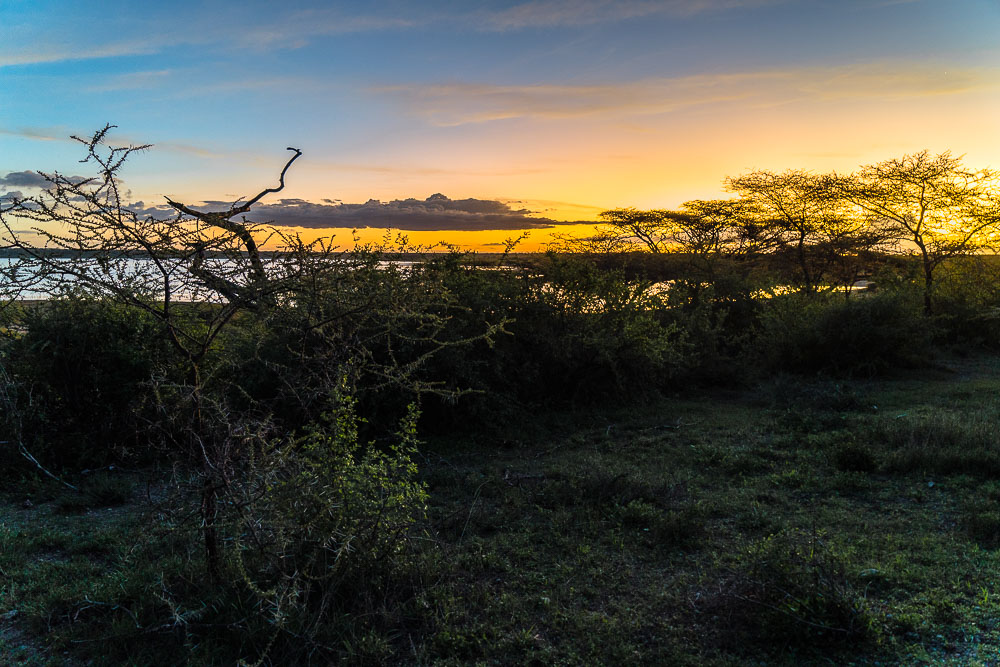
After a hot shower and an hour to relax it´s time to go for dinner.
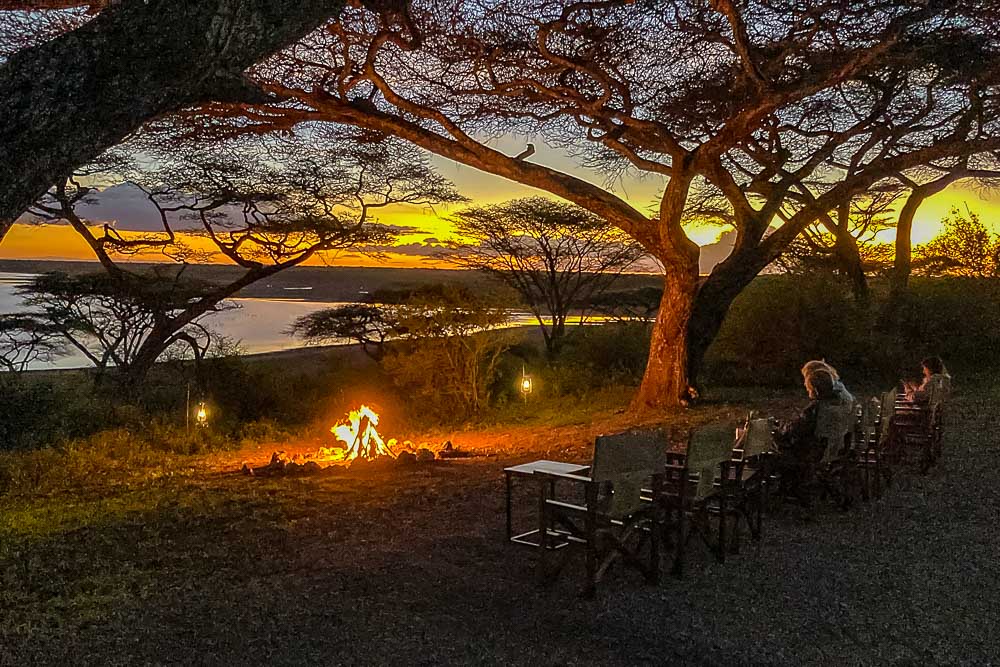
The staff has made a logfire.